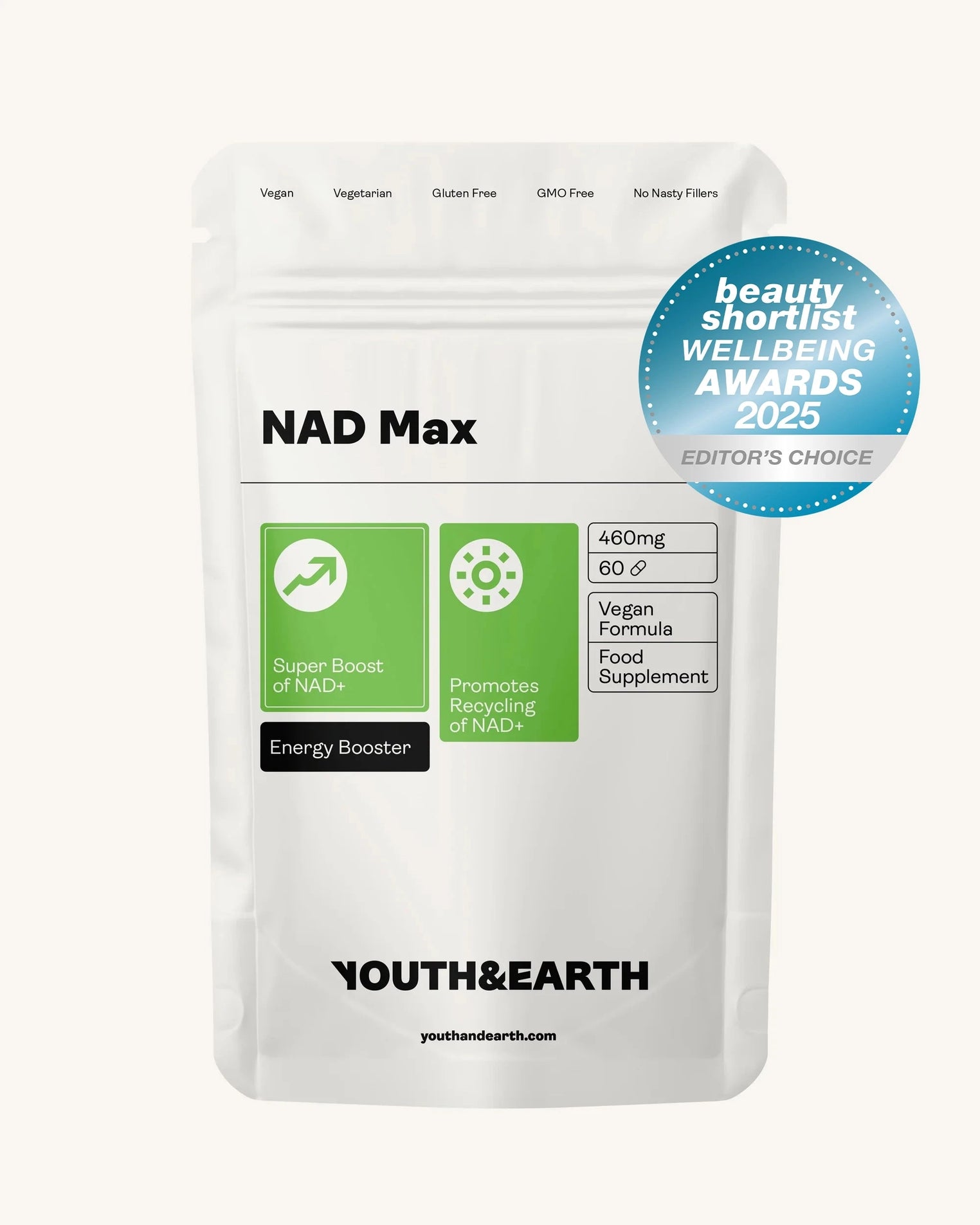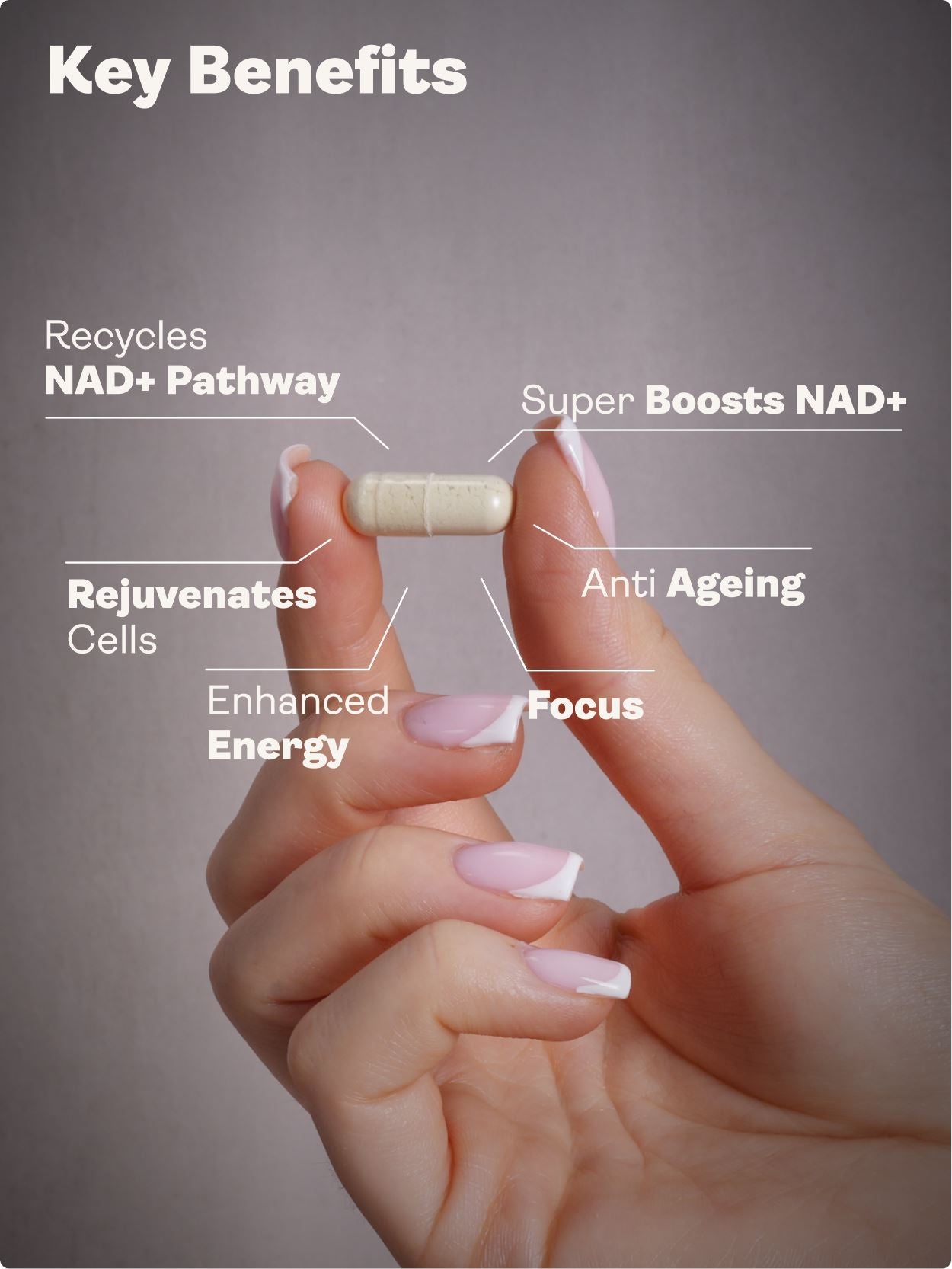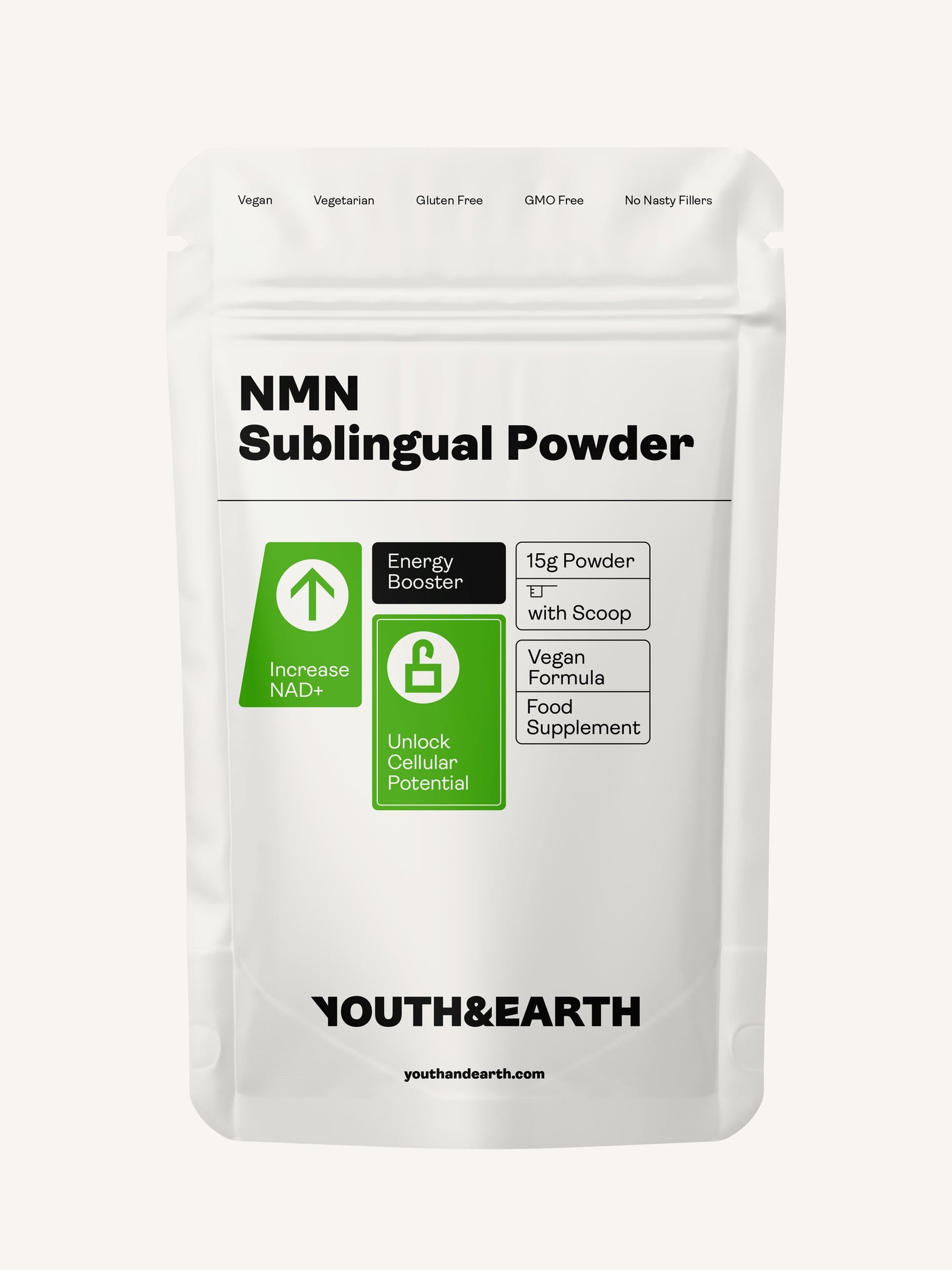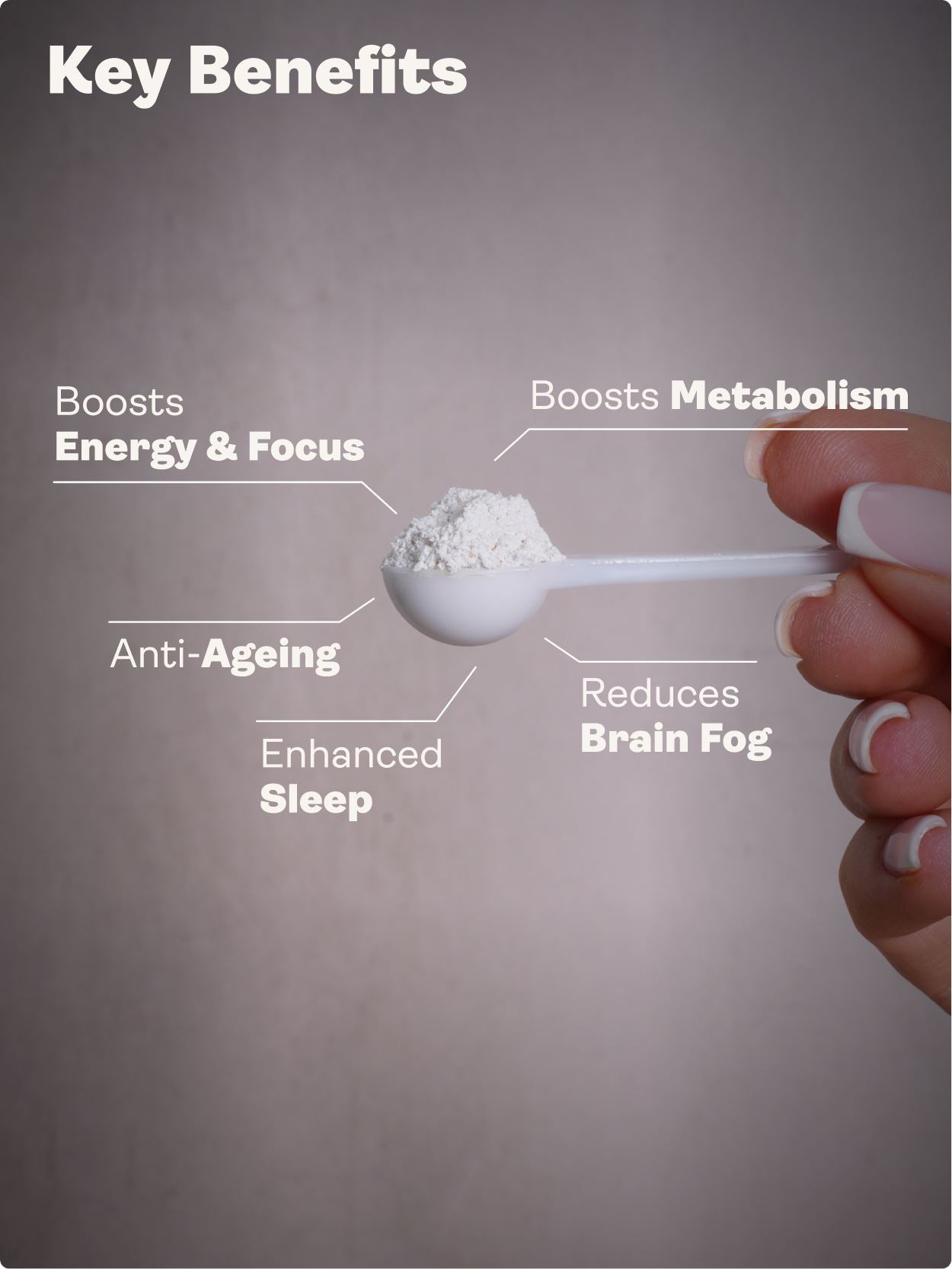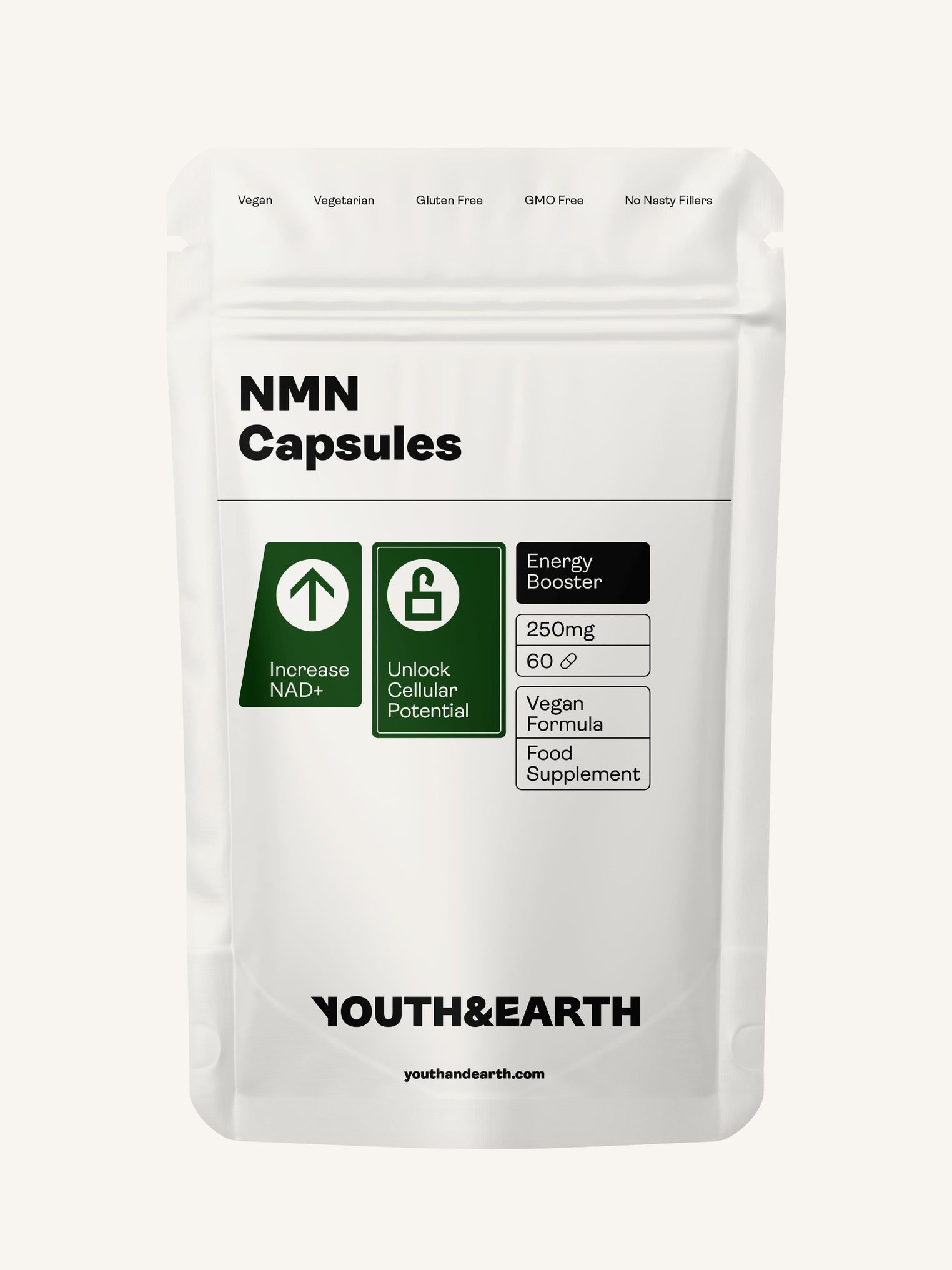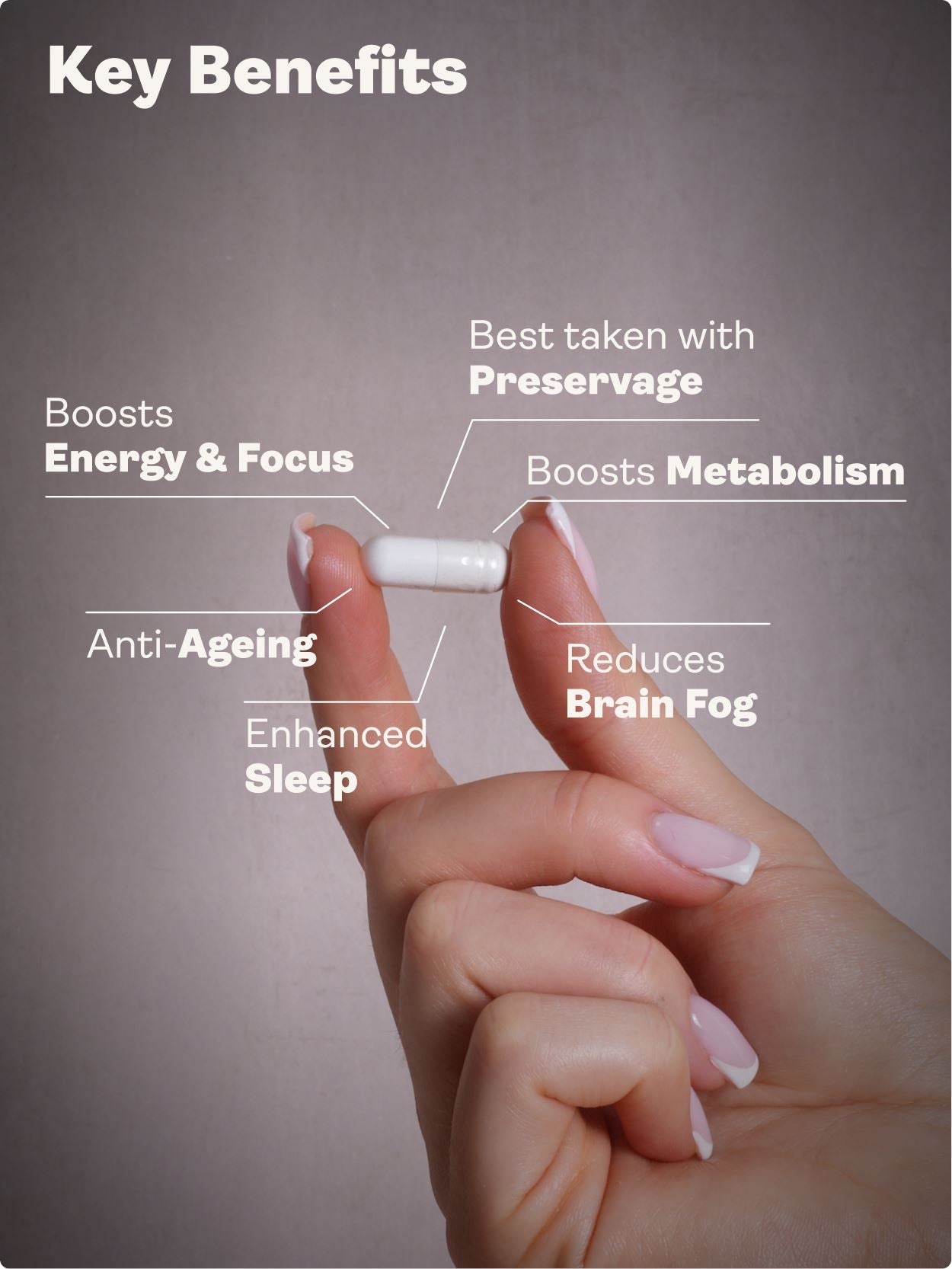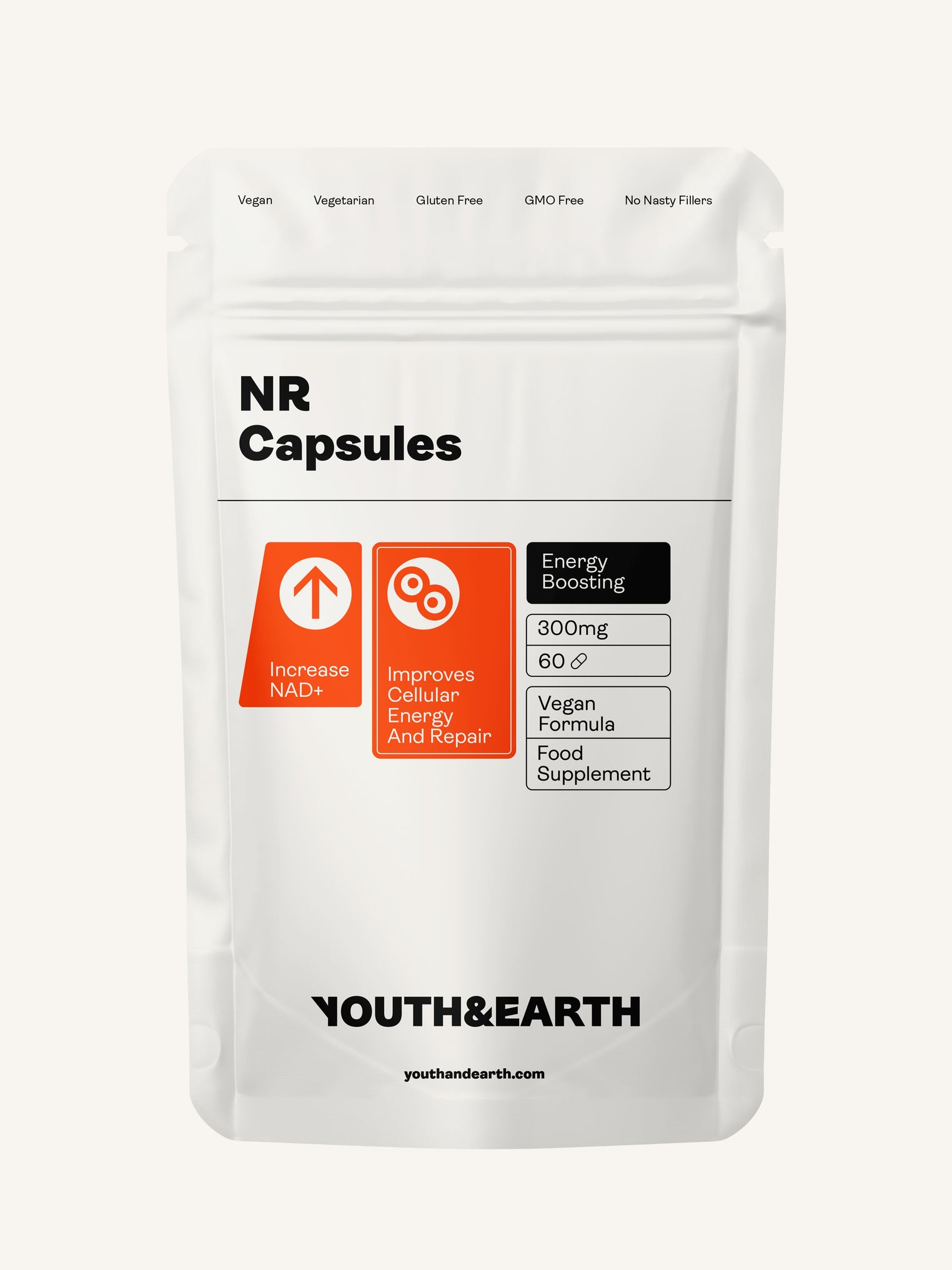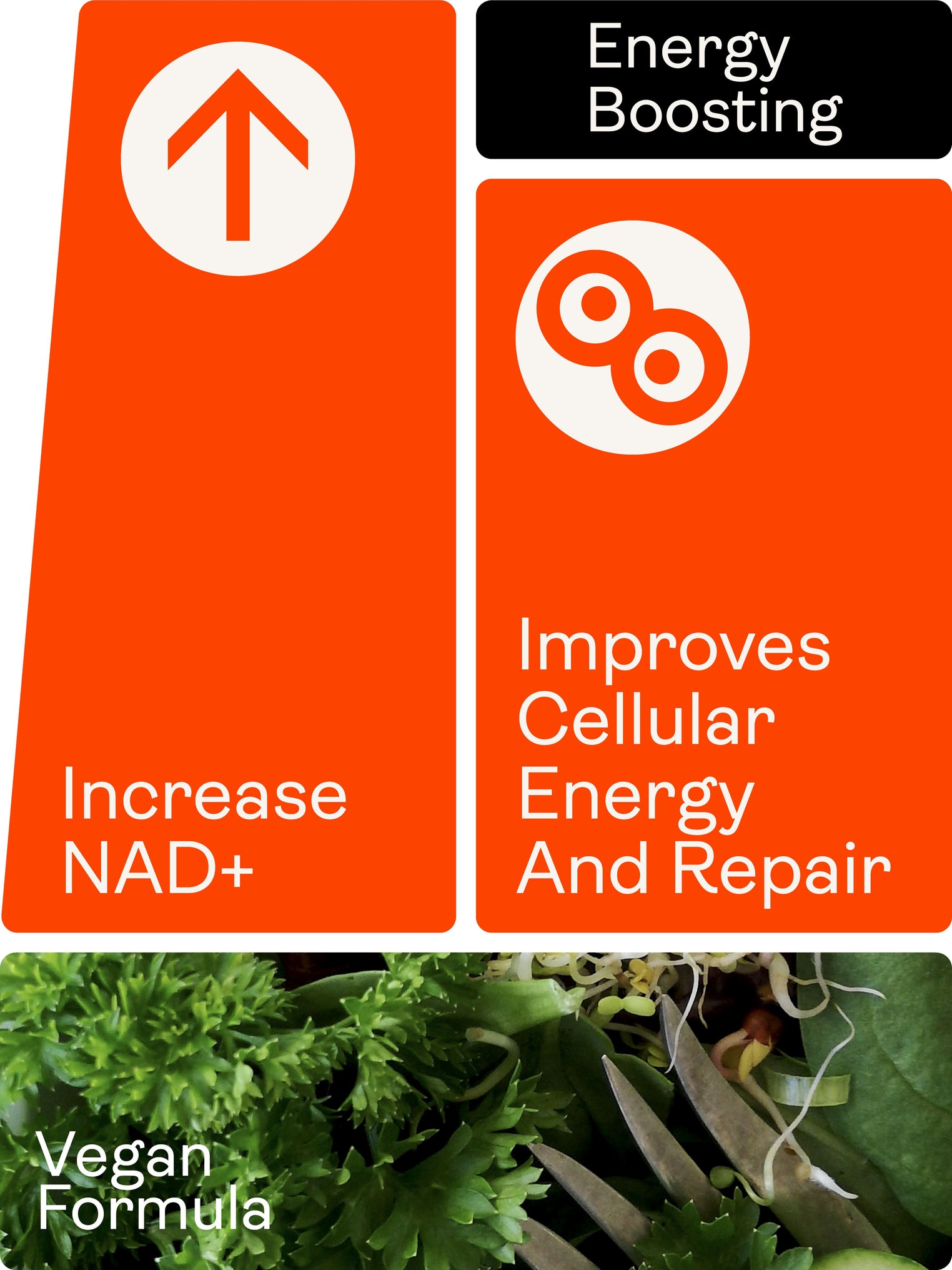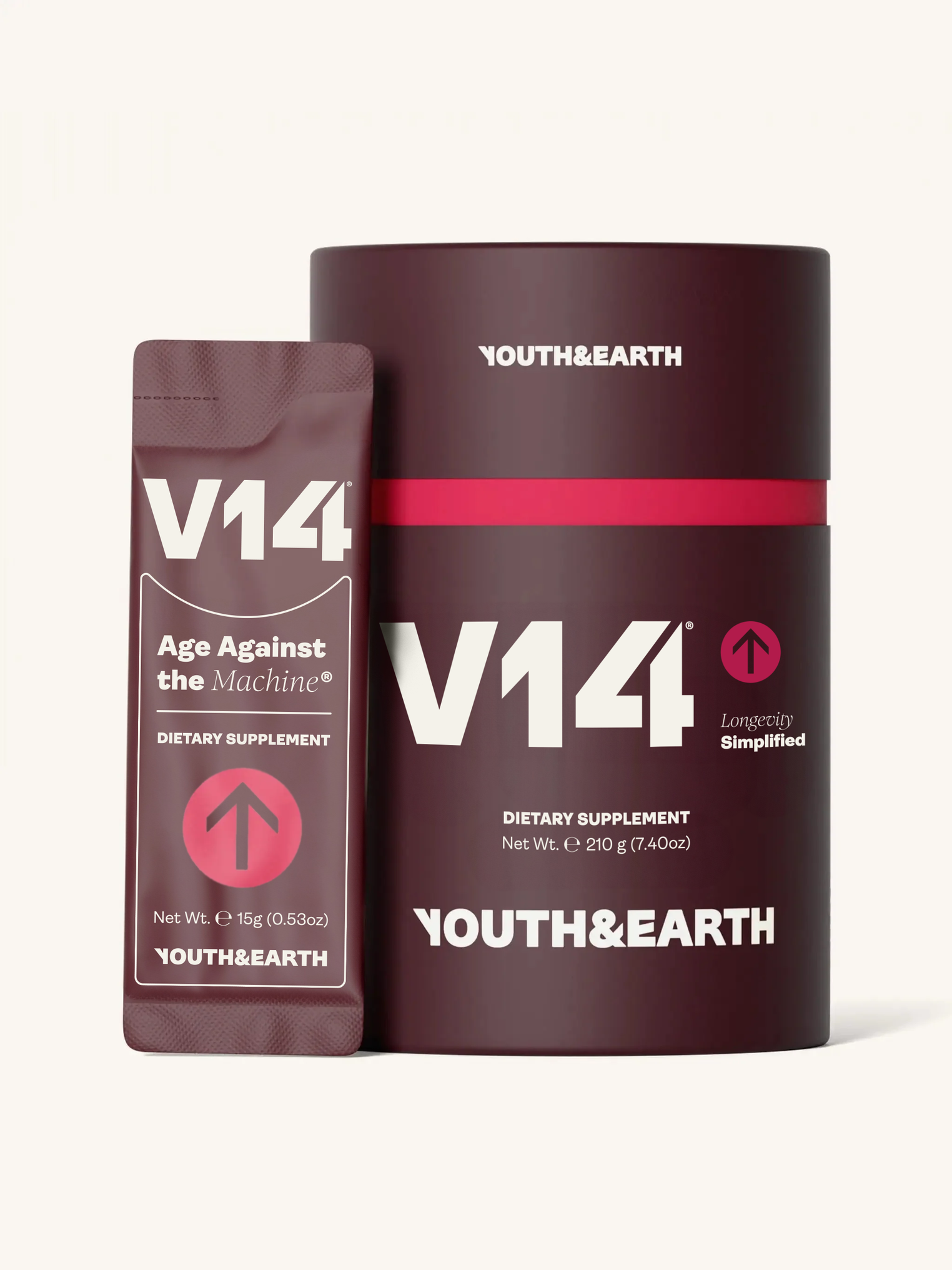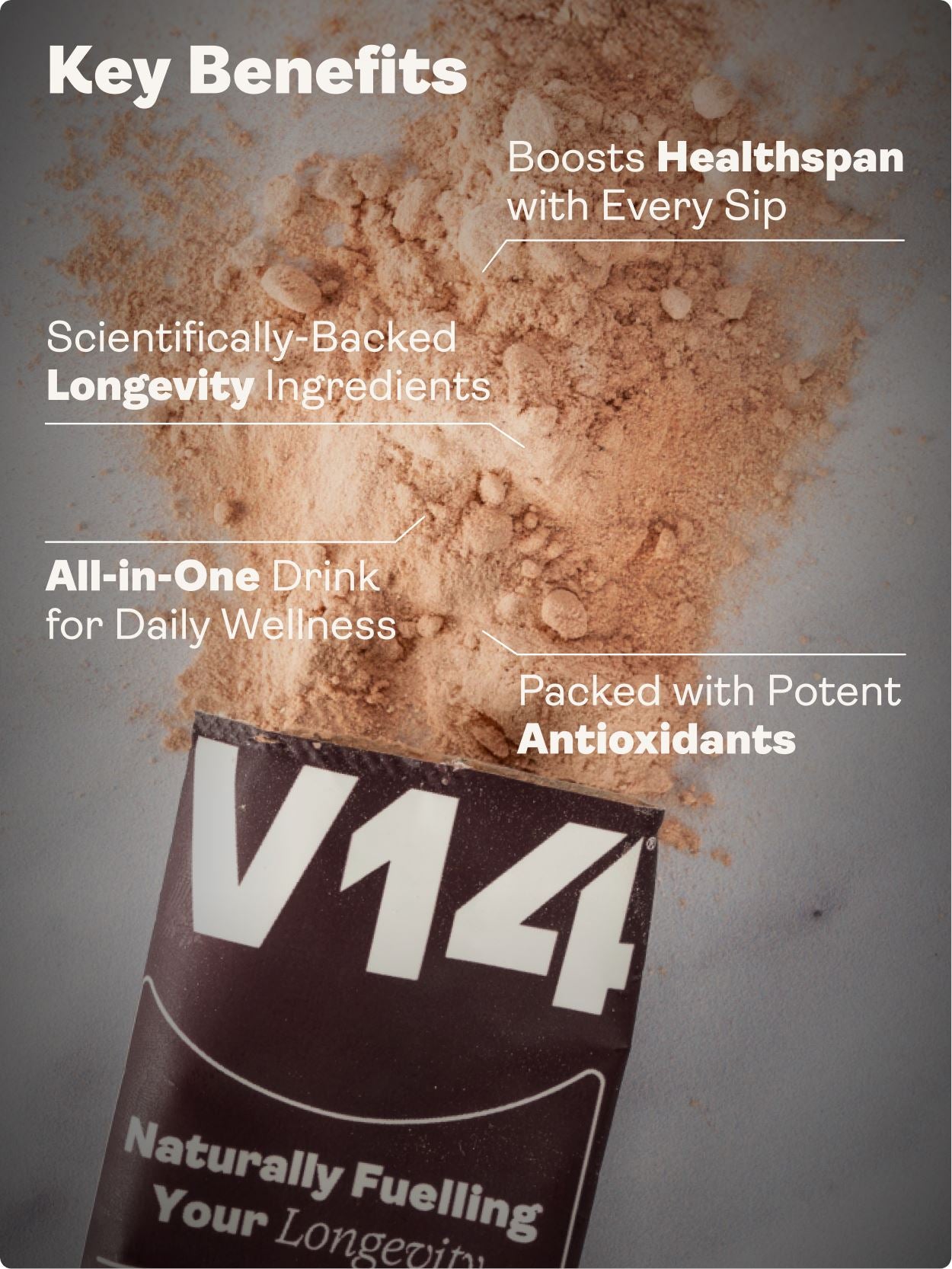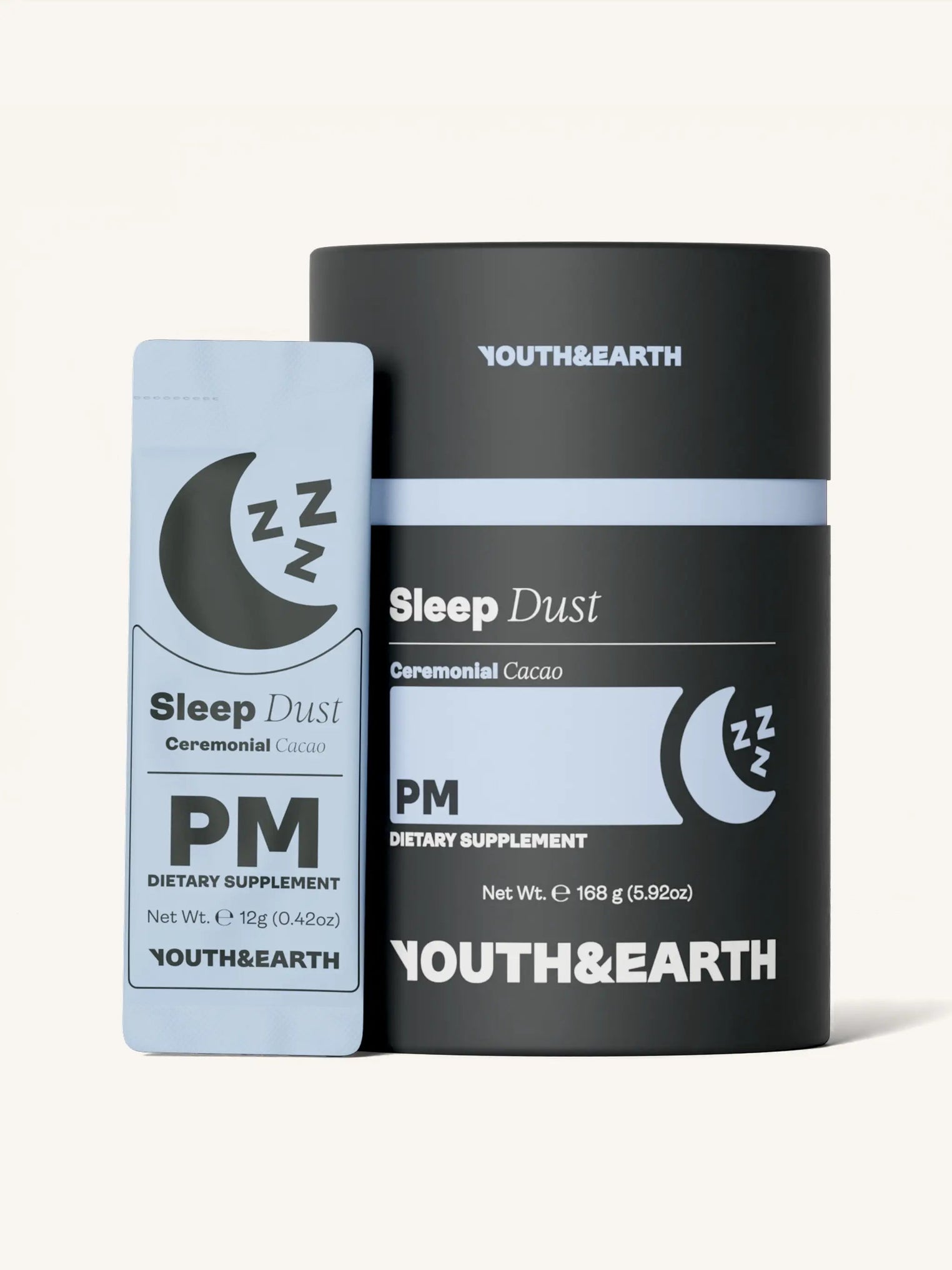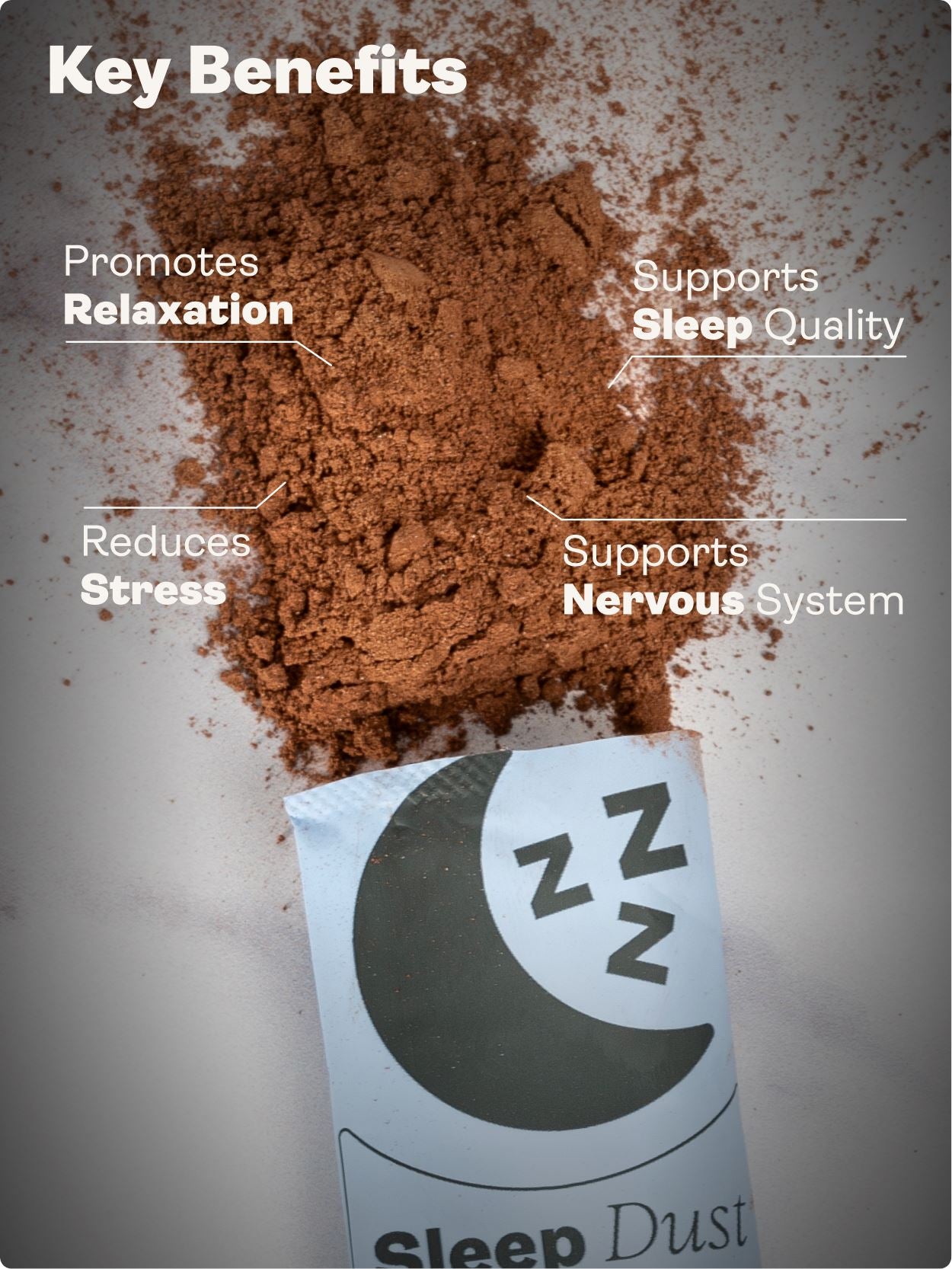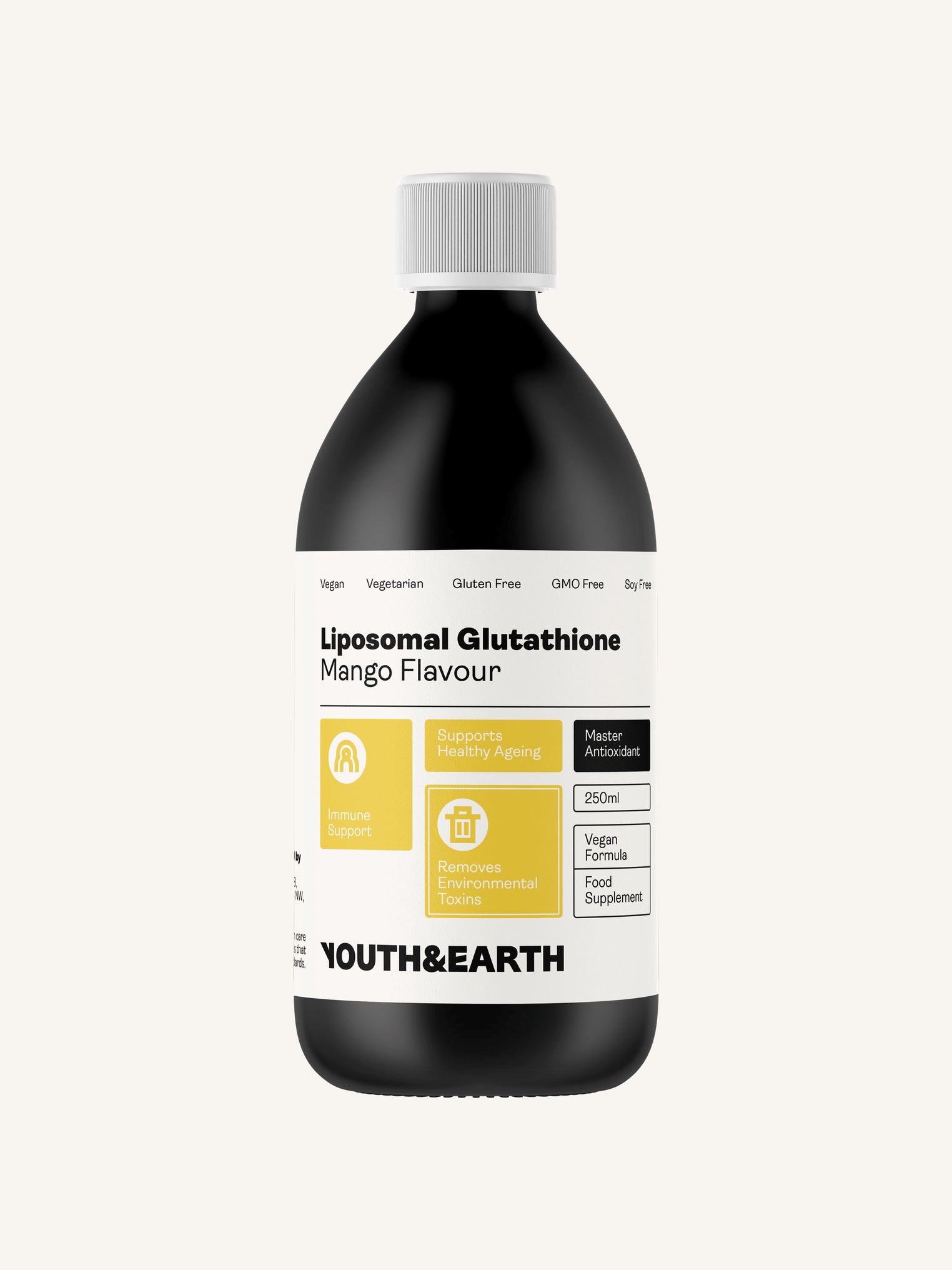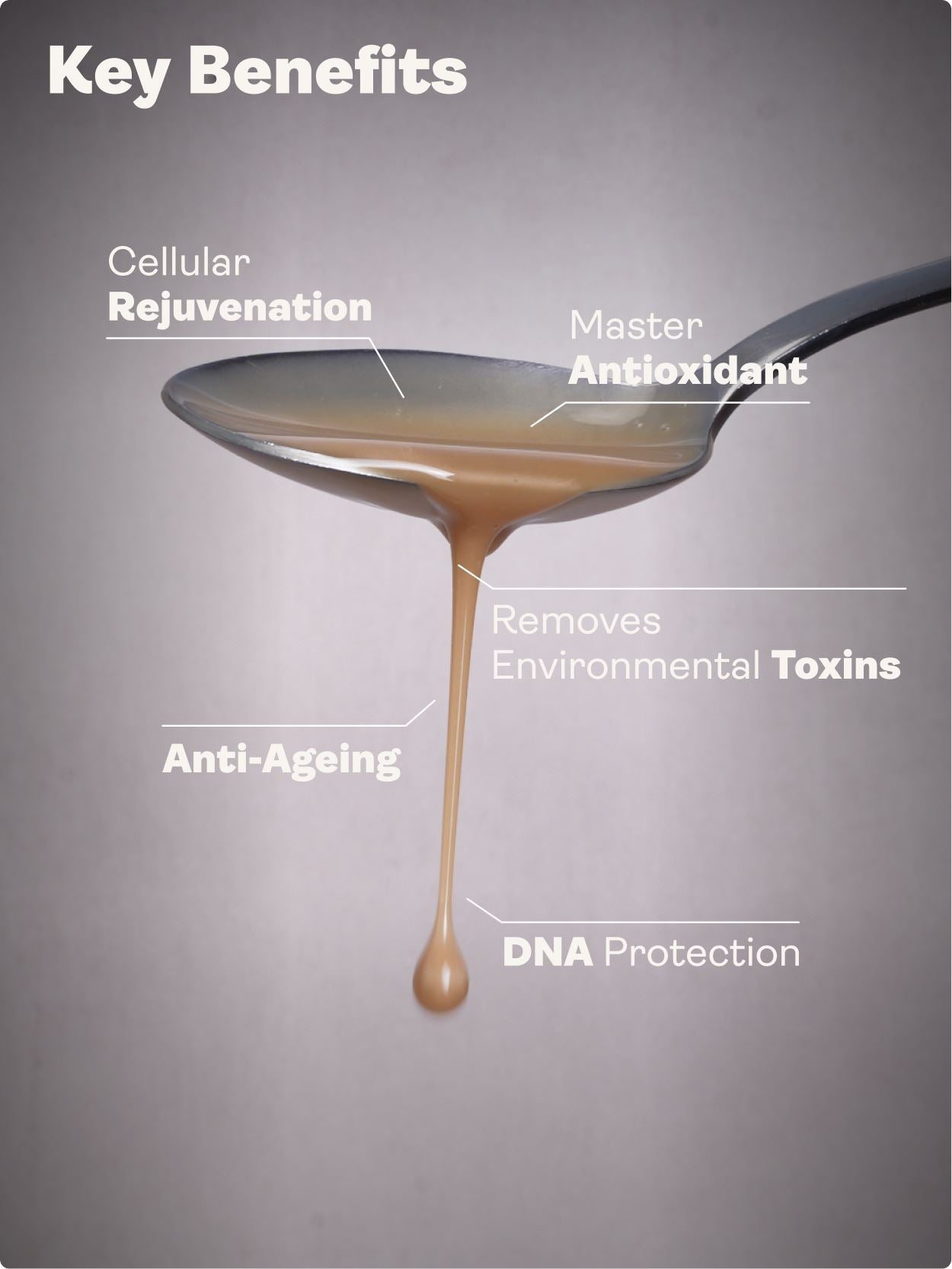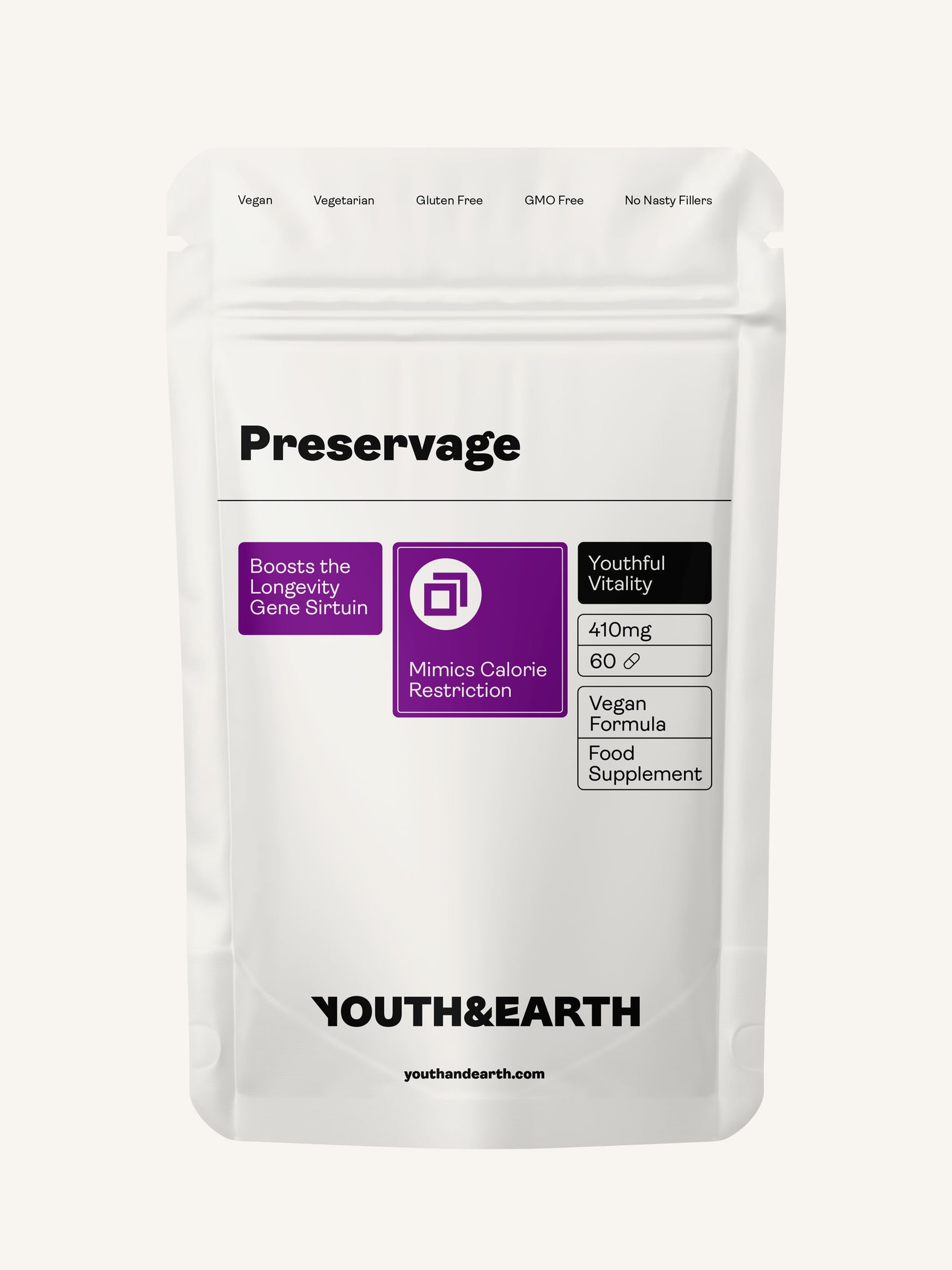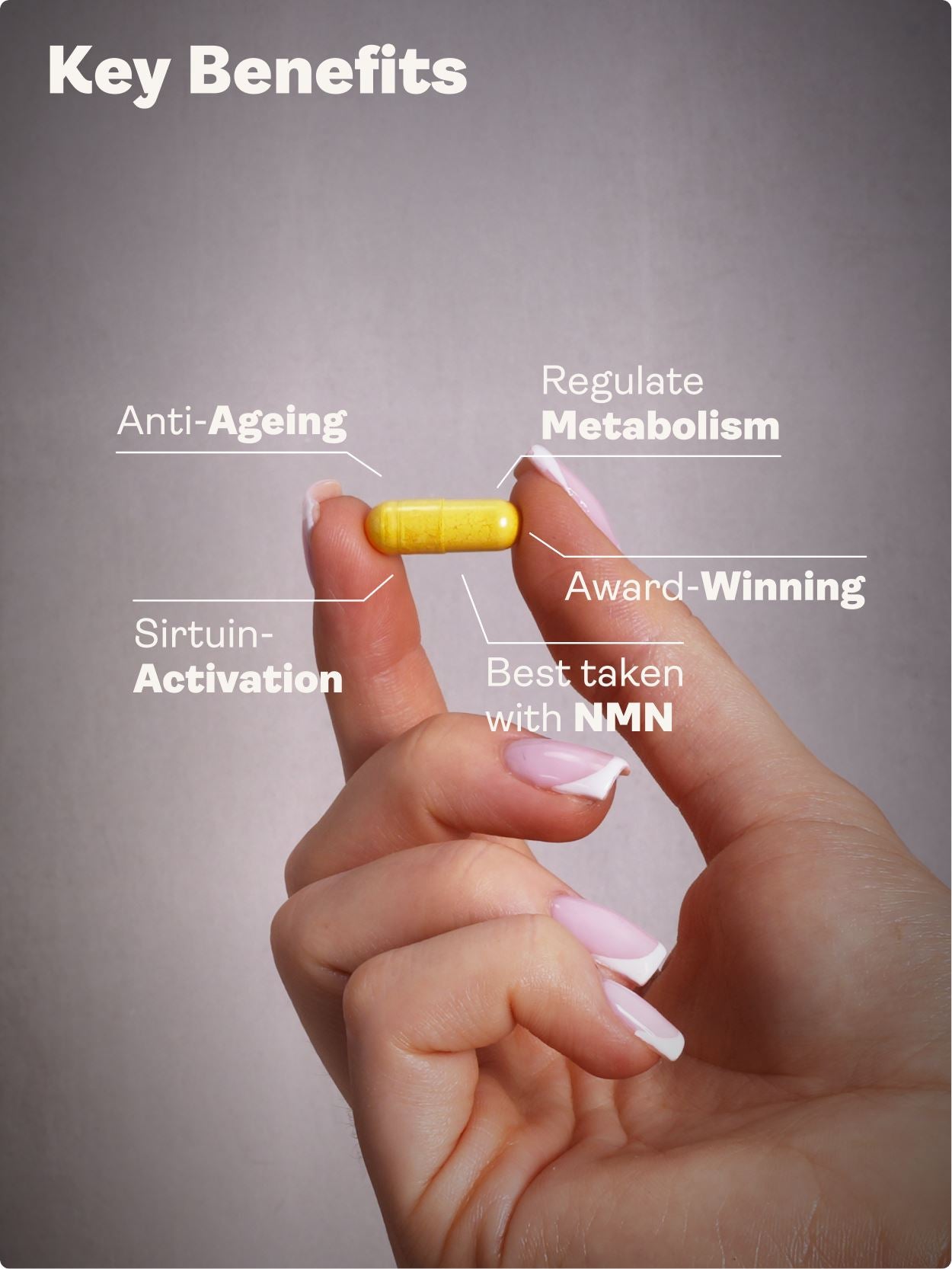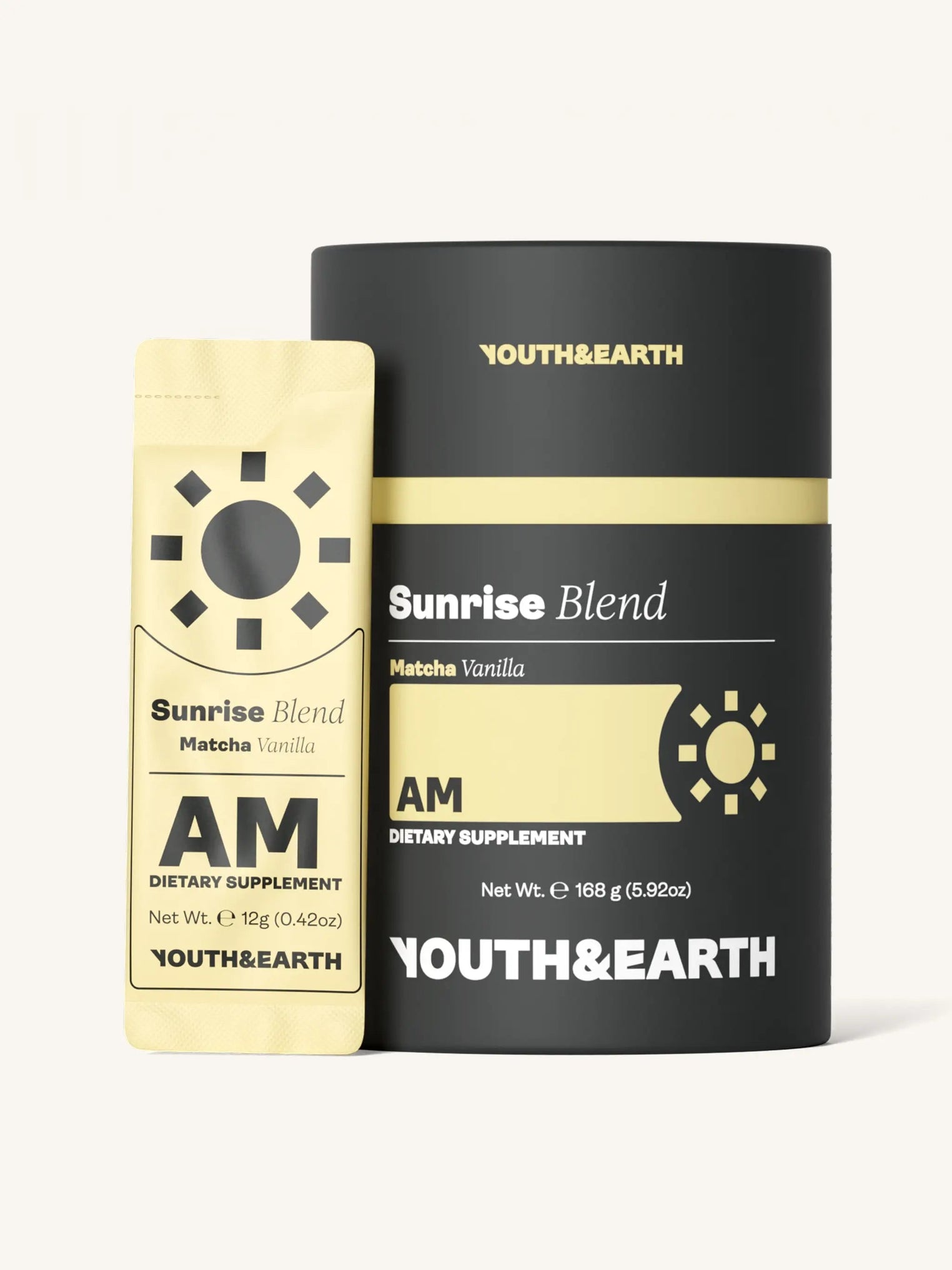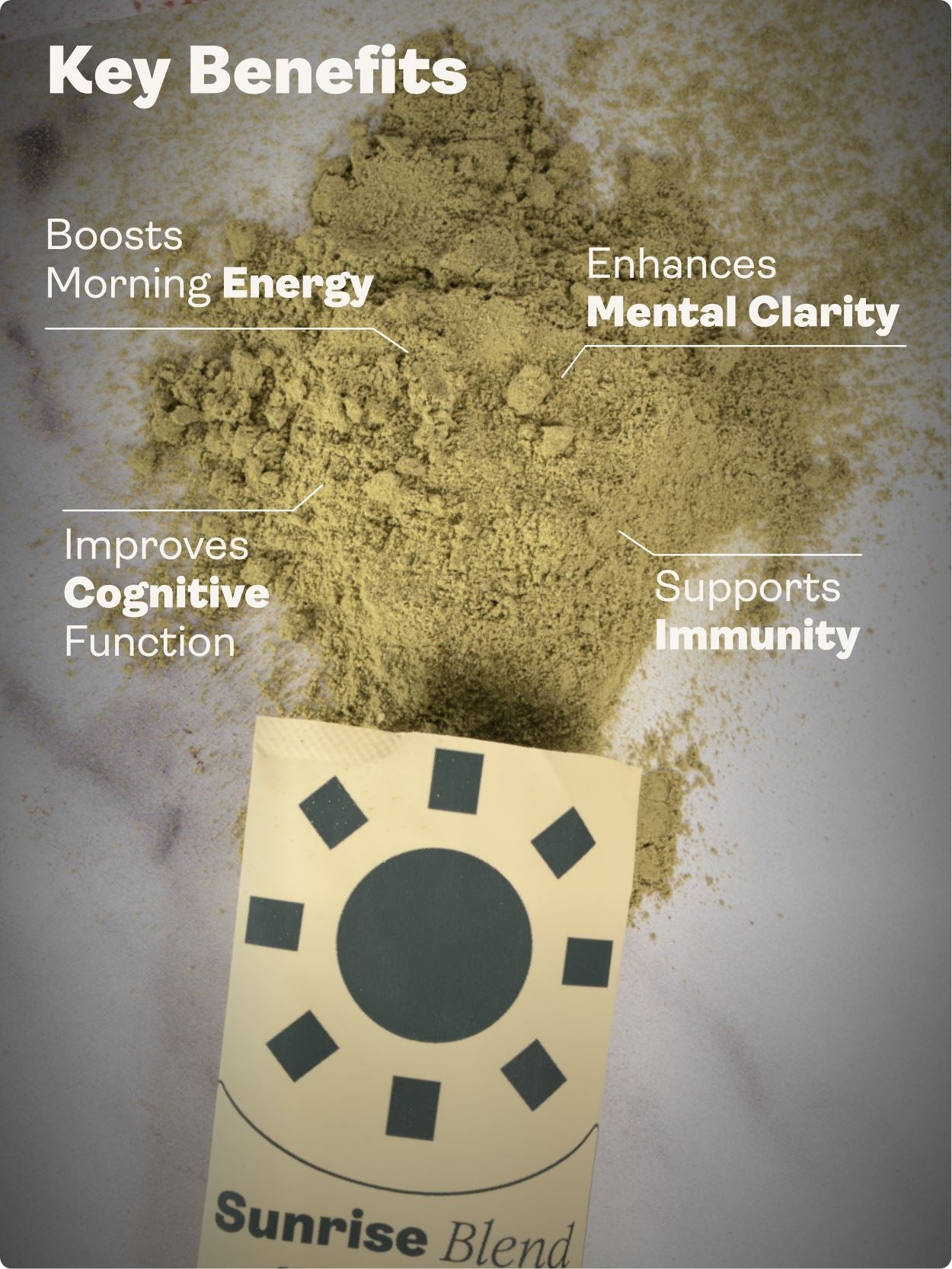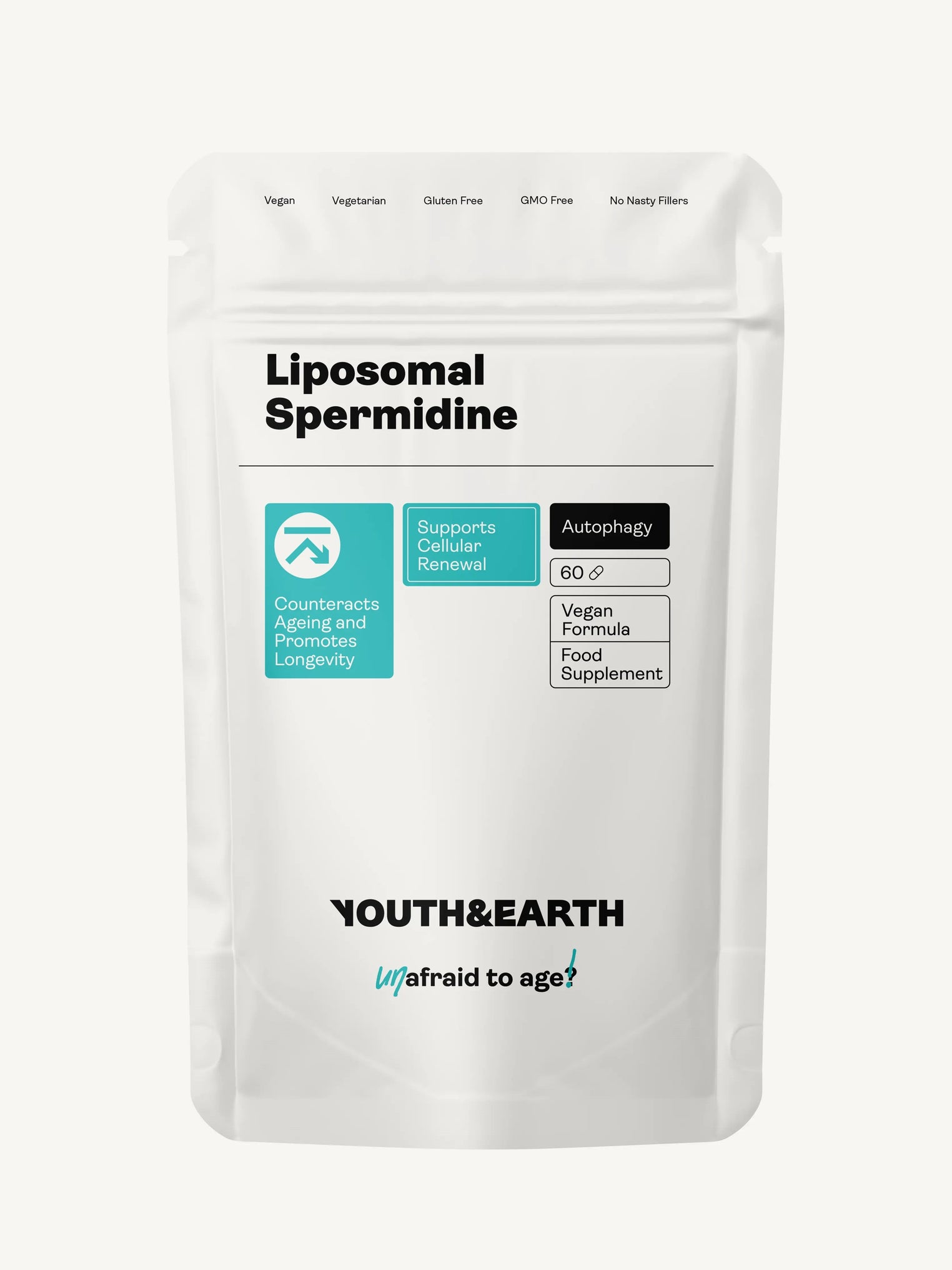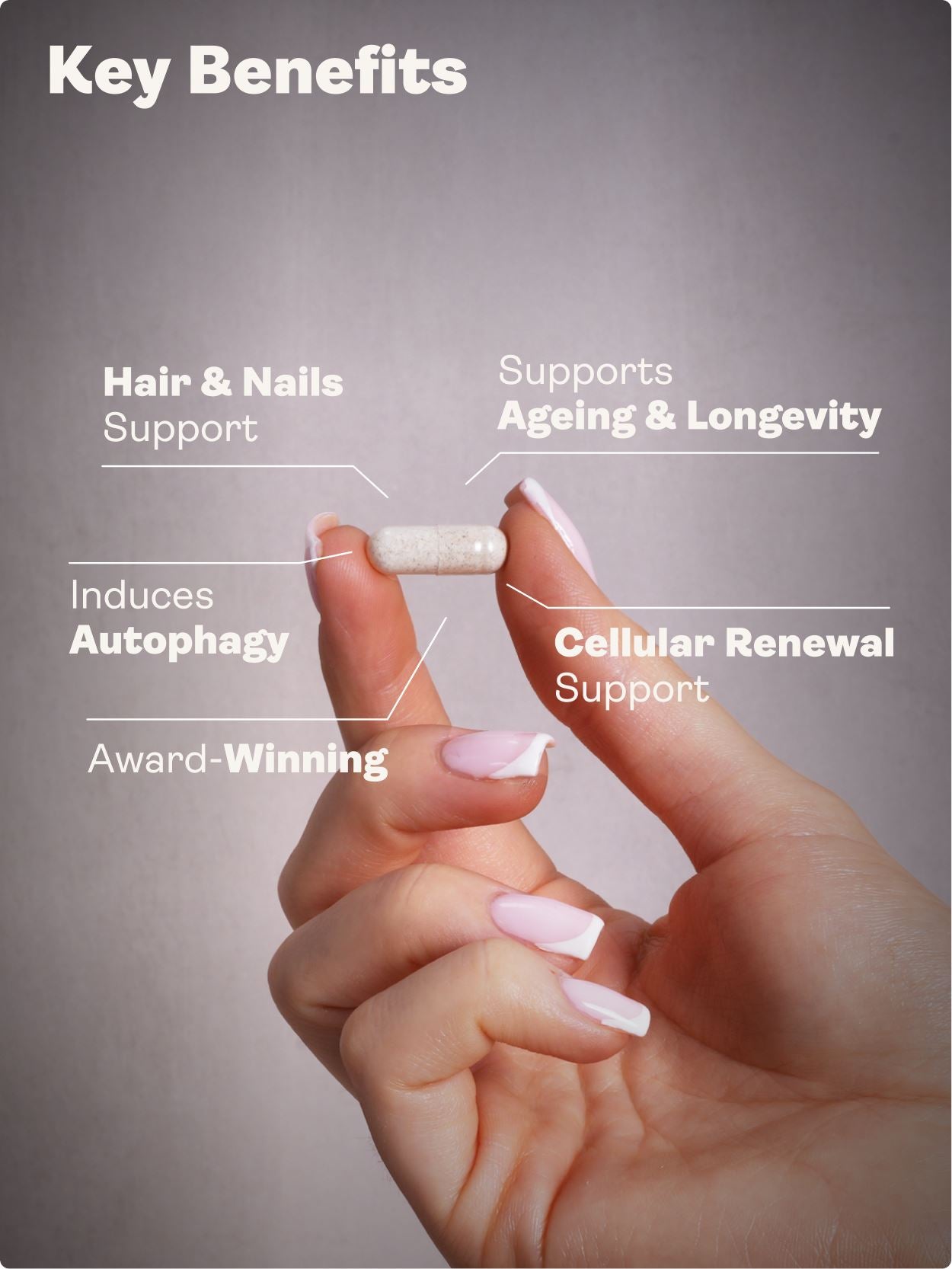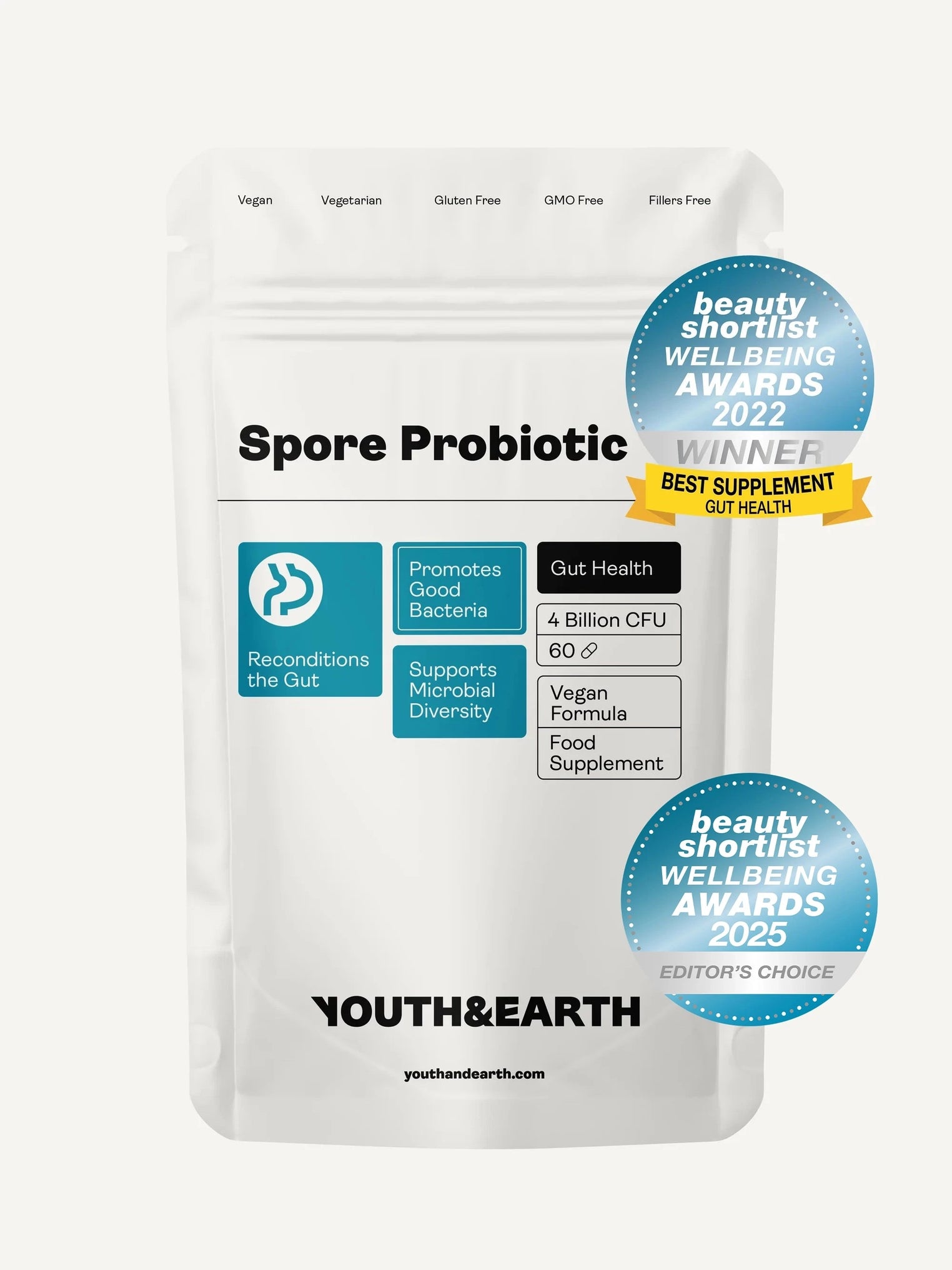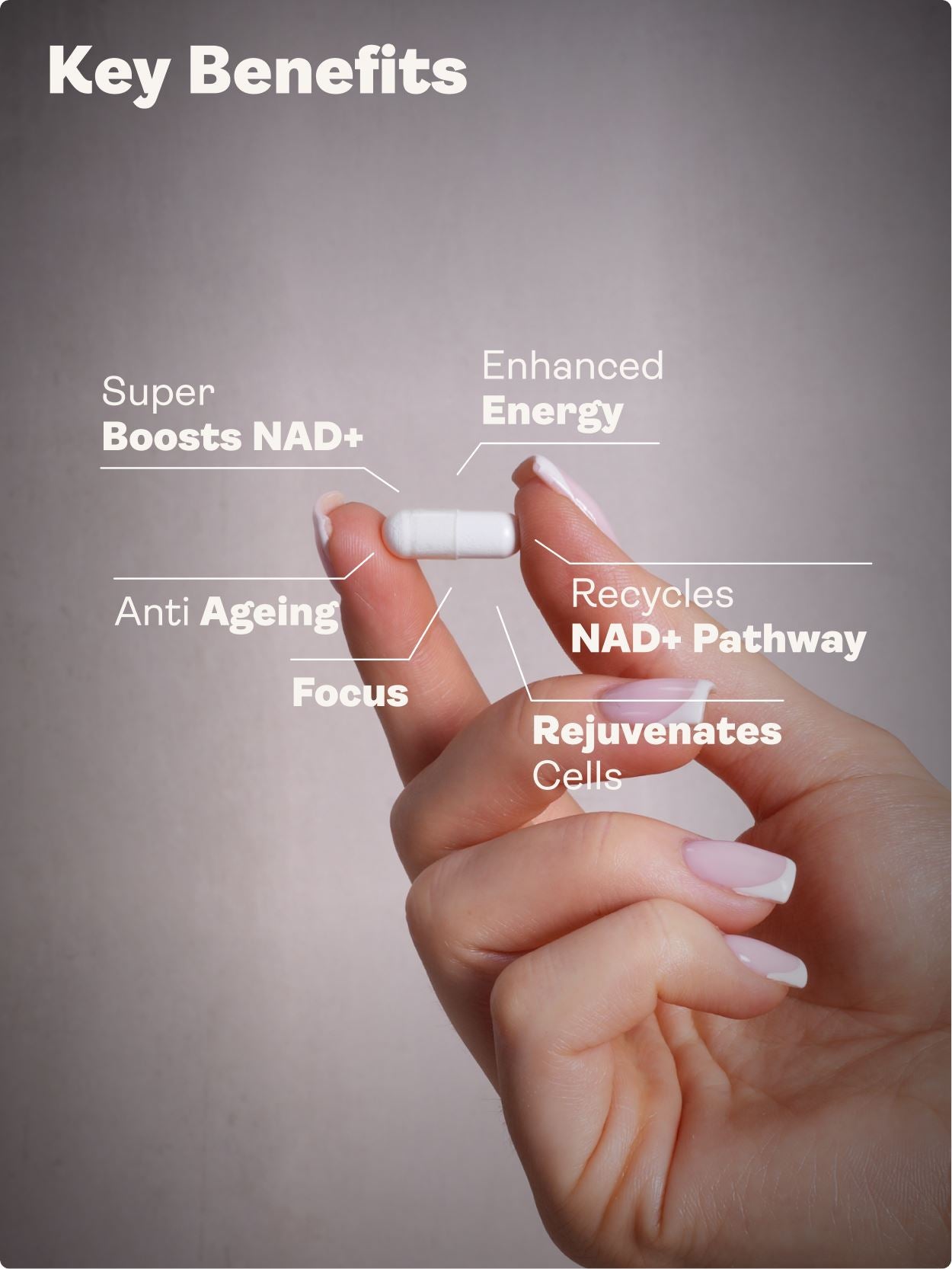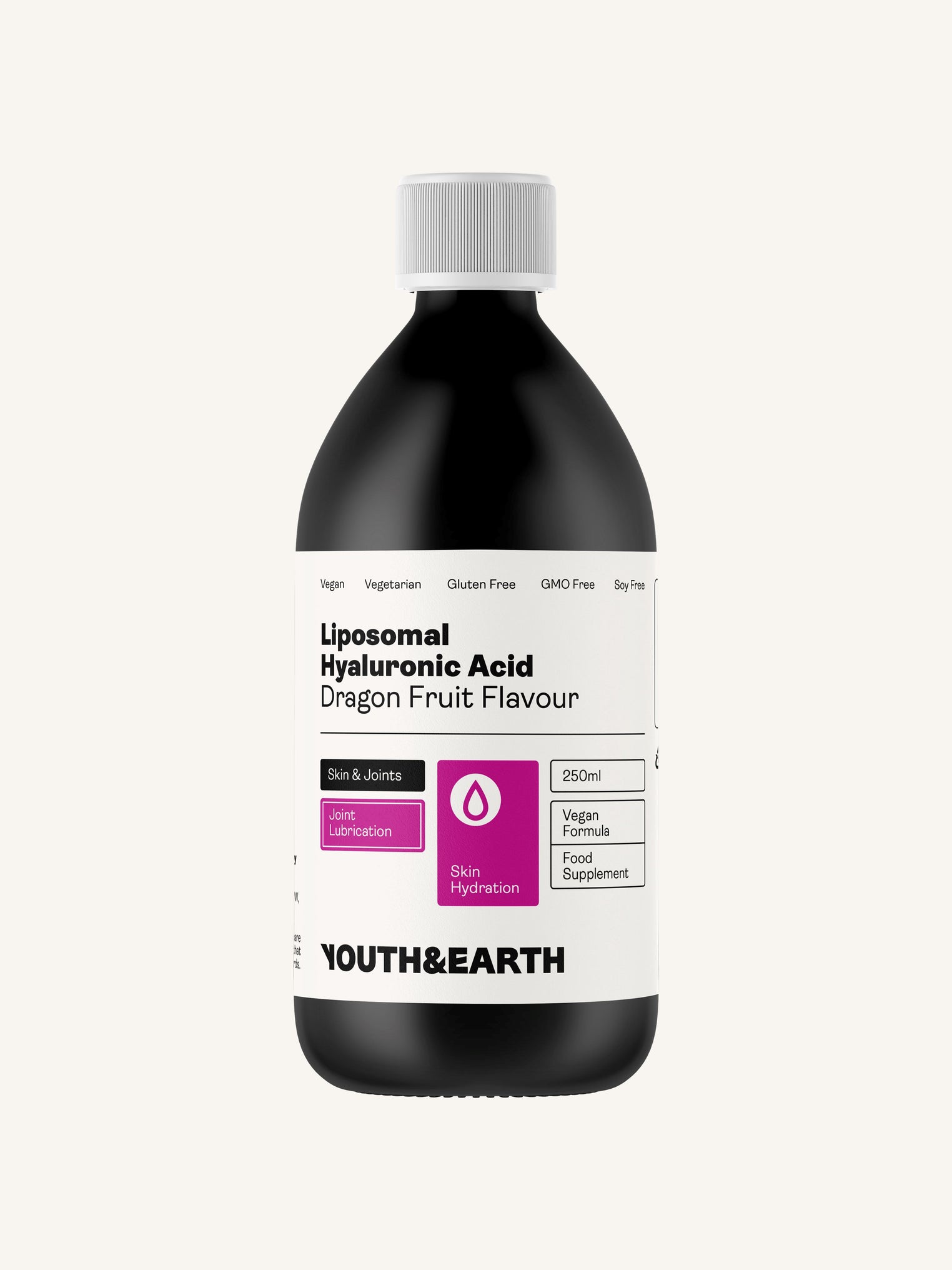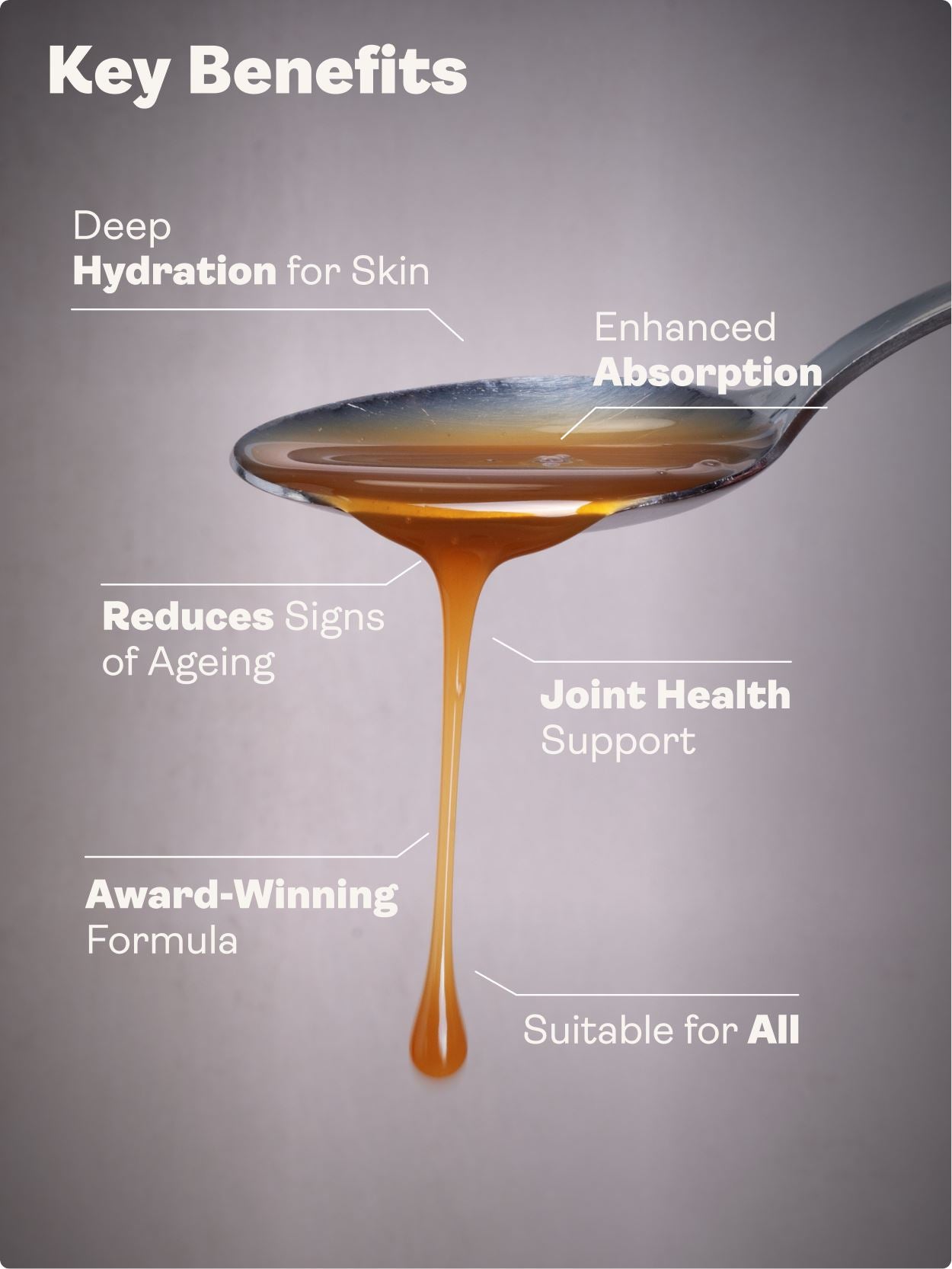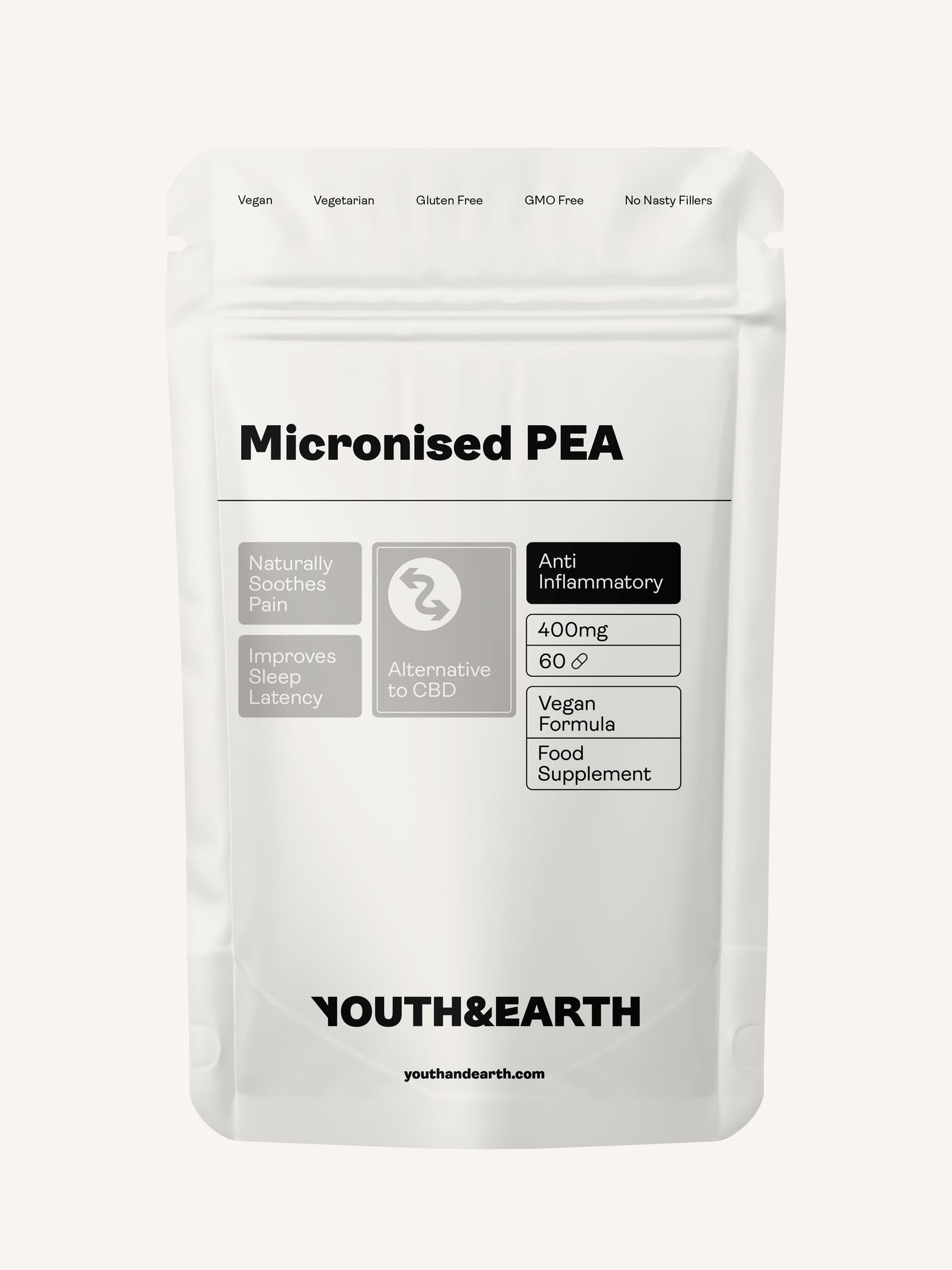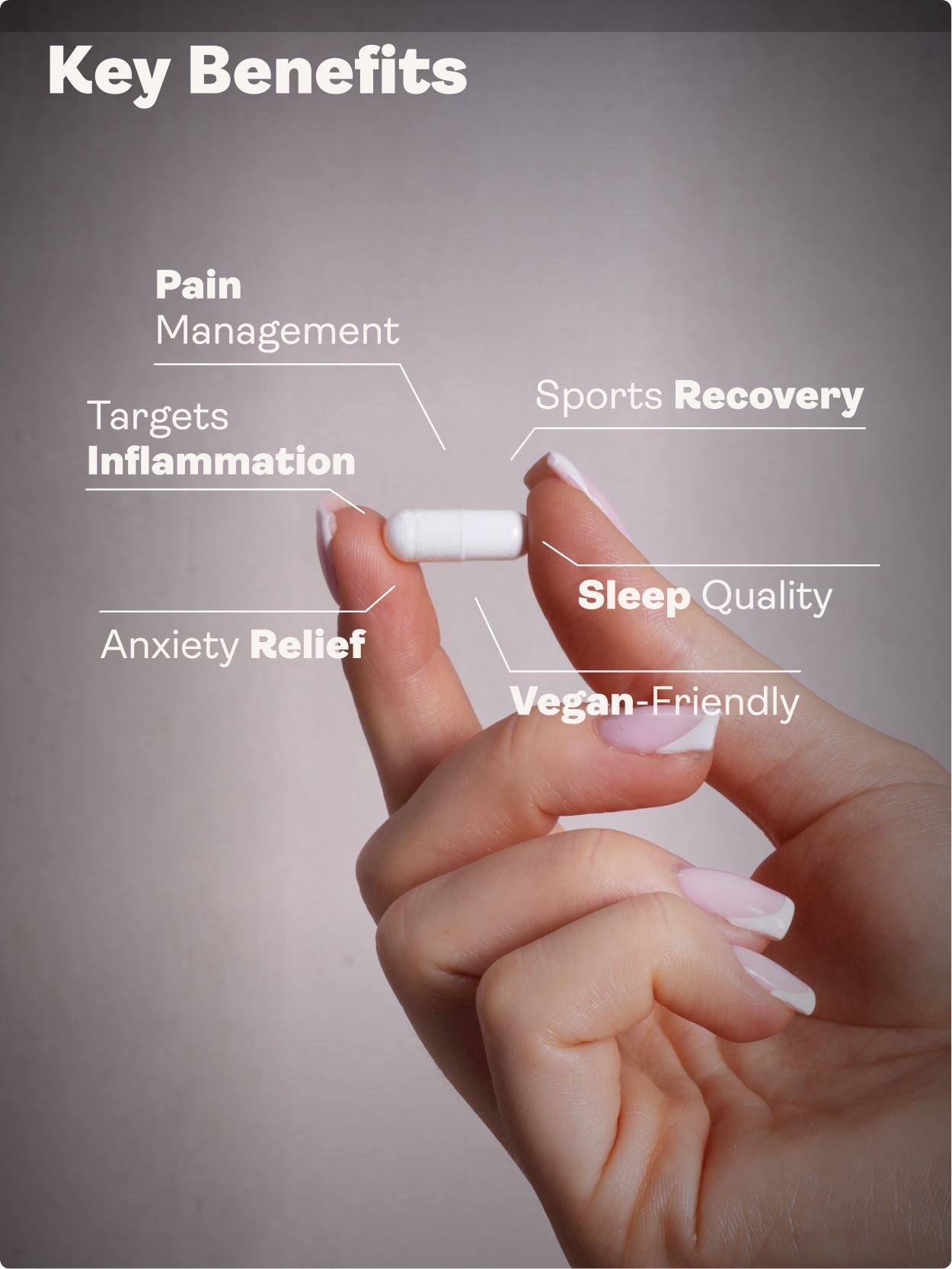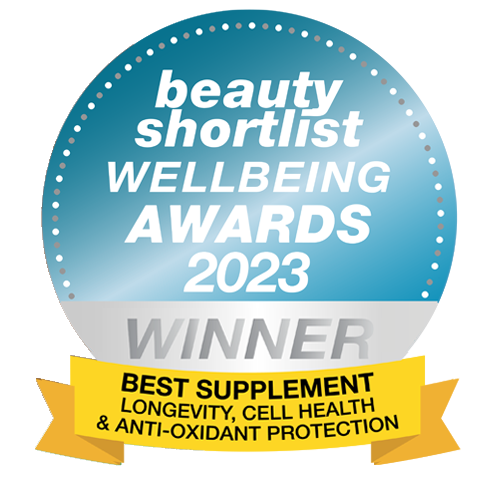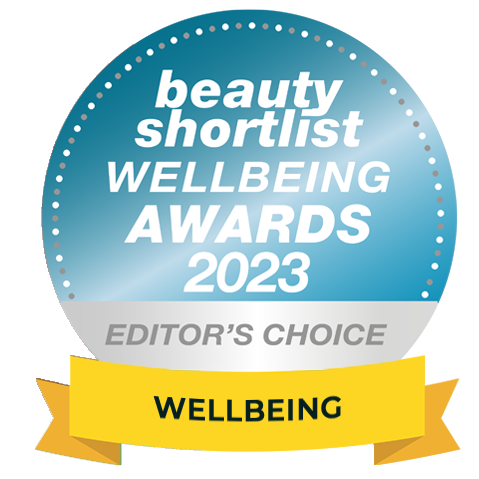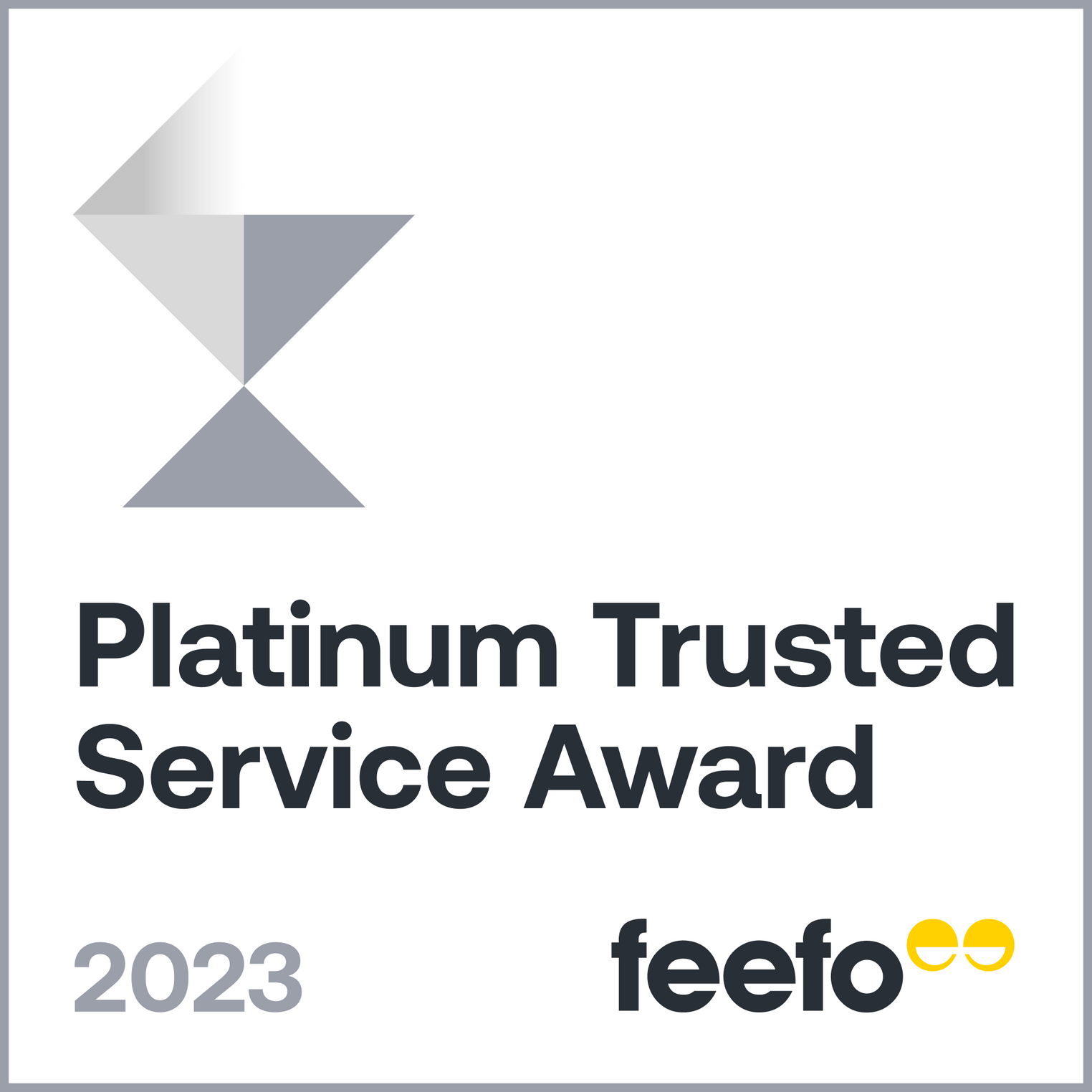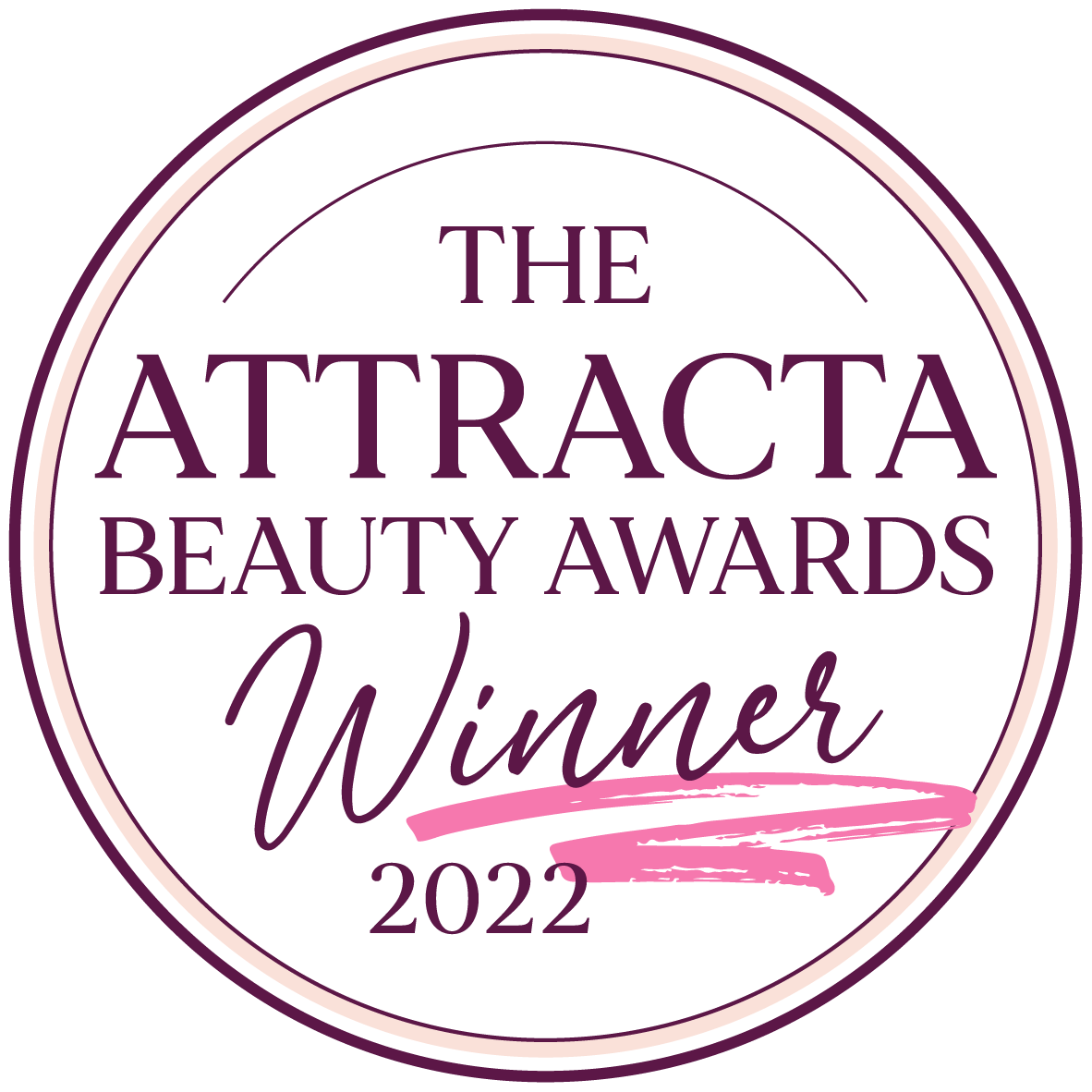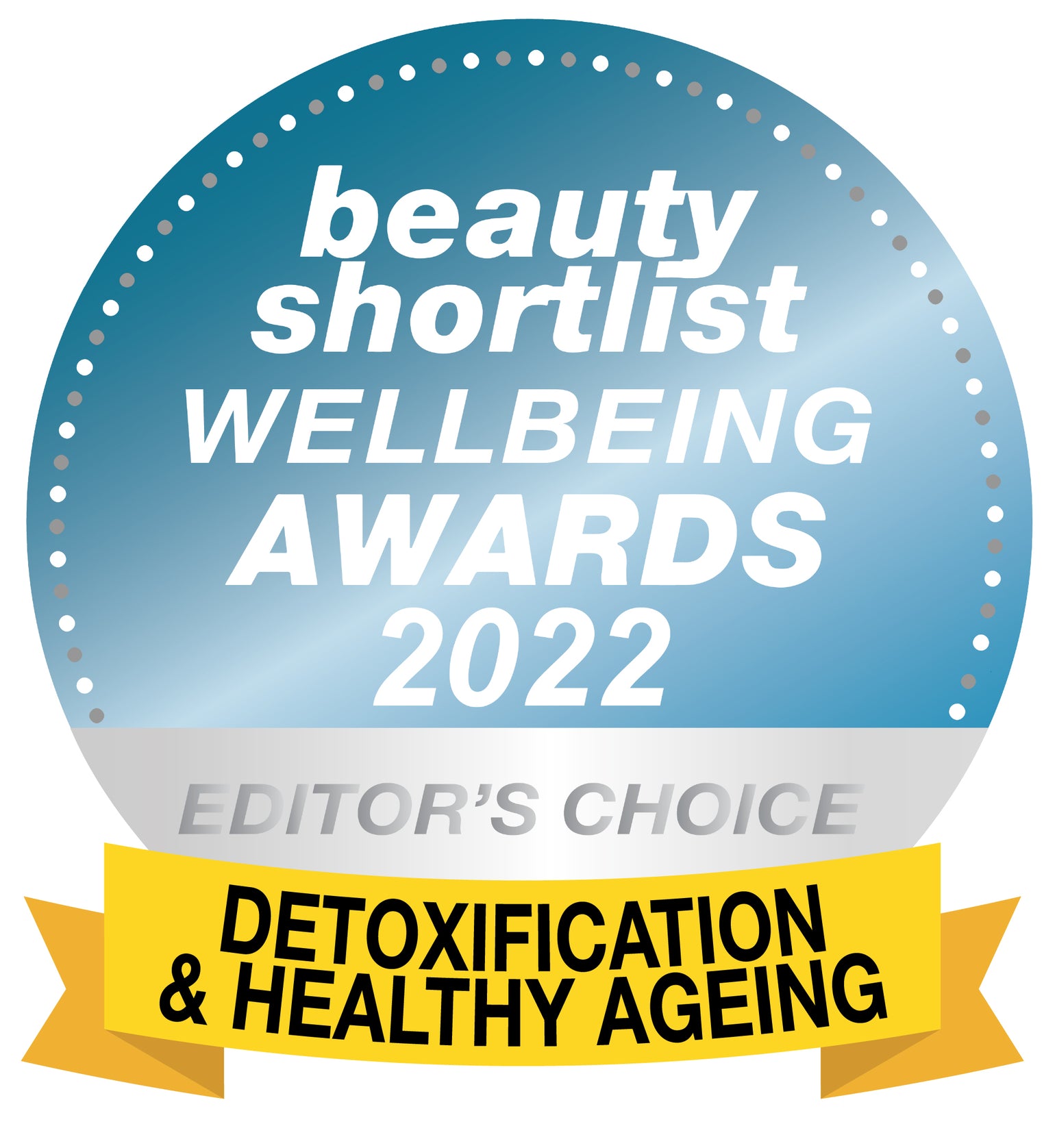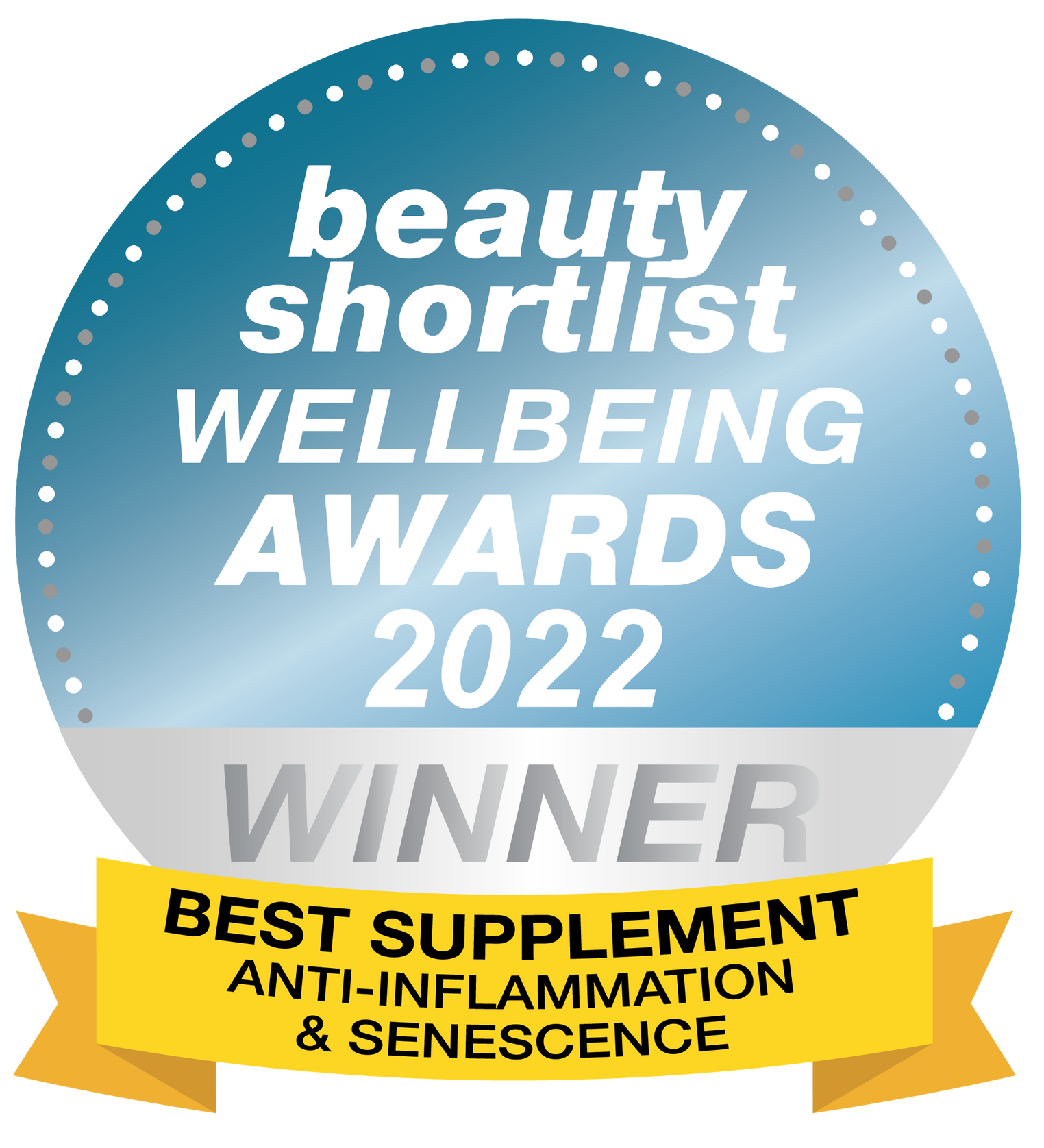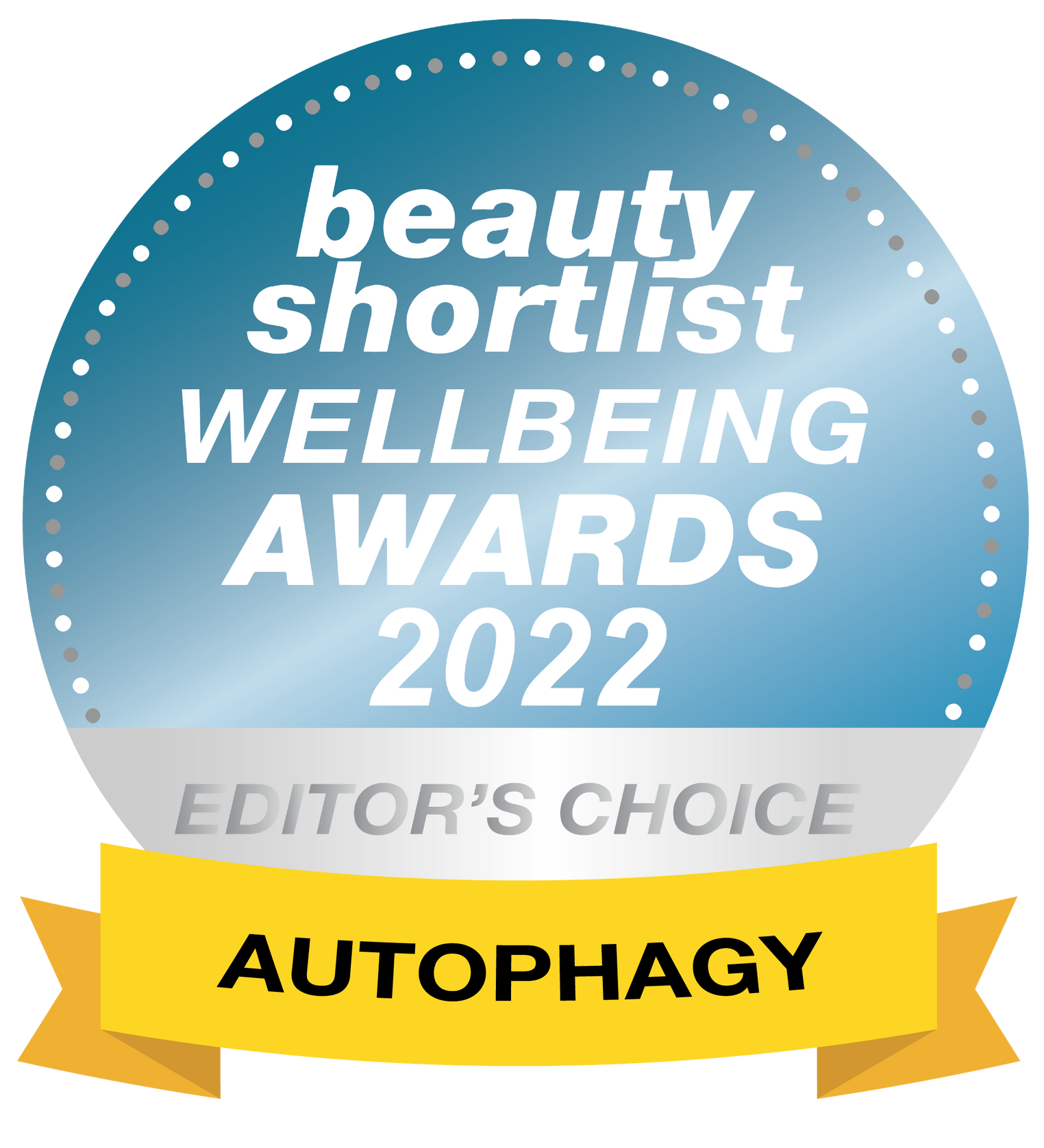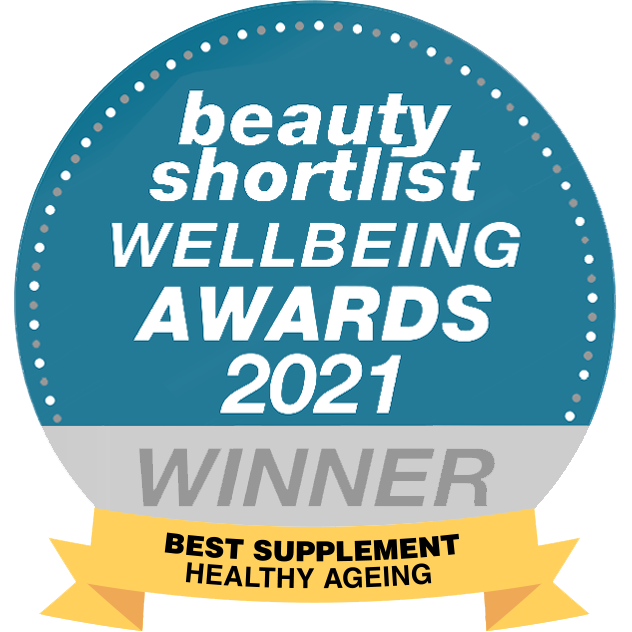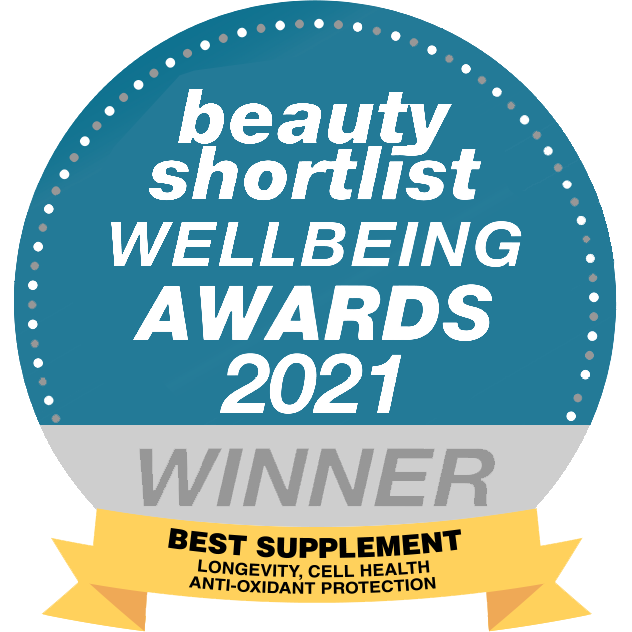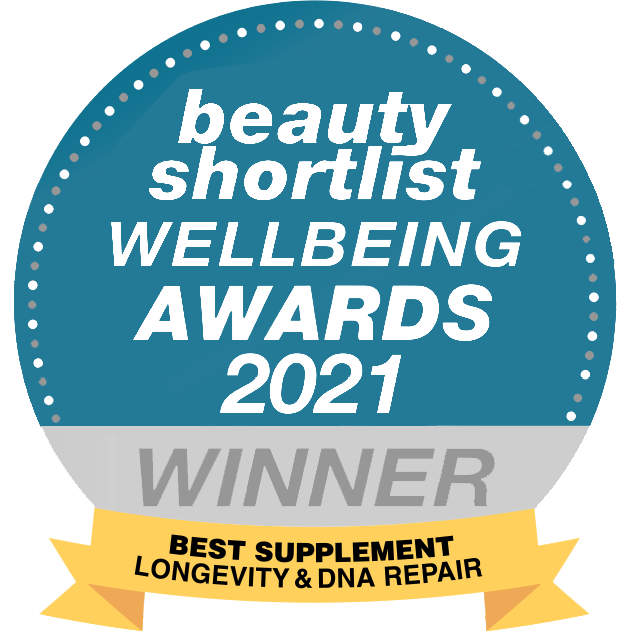Science Snapshot
NAD+ is central to mitochondrial energy production (ATP), redox balance, sirtuin activity, and DNA repair.
NMN is a direct, oxidised precursor to NAD+ and is converted by NMNAT enzymes inside cells.
NMNH is the reduced form of NMN; early data show strong increases in the cellular NAD+ pool and in NADH, with measurable shifts in energy metabolism.
Different metabolic signatures: Some studies report that NMNH raises NADH and can transiently suppress glycolysis and the TCA cycle, indicating a distinct bioenergetic profile.
Biohacking takeaway: Choose the precursor that fits your context—maturity of evidence (NMN) versus emerging potency and different redox effects (NMNH).
Why NAD+ Matters for Longevity
NAD+ (nicotinamide adenine dinucleotide) participates in hundreds of reactions that keep cells functional under stress. It supports ATP production via the electron transport chain, powers DNA repair enzymes, and activates sirtuins involved in cellular housekeeping. Ageing is associated with a decline in NAD+ availability. In animal models, restoring NAD+ levels has been linked with improved metabolic health, stress resistance, and markers relevant to healthy ageing. In humans, interest has focused on safe, practical ways to nudge the NAD+ pool upward while supporting overall metabolic resilience.
What Is NMN?
NMN (nicotinamide mononucleotide) is a direct precursor to NAD+. It appears naturally in small amounts in foods like avocado, edamame, and broccoli. In cells, NMN is converted into NAD+ by NMNAT enzymes. Over the past decade, NMN has become a widely used supplement among people interested in energy support and healthy ageing.
Regulatory note (USA): NMN’s supplement status has faced uncertainty, with debates over whether it should be classified as a dietary supplement or as an investigational new drug. Availability can change, so consumers in the United States should check current regulations and consult healthcare professionals before use.
What Is NMNH?
NMNH (nicotinamide mononucleotide hydride) is the reduced form of NMN. Early research suggests that NMNH can raise cellular NAD+ strongly while also increasing the reduced cofactor NADH. Because NADH feeds electrons into the mitochondrial respiratory chain, shifting the NAD+/NADH ratio may produce distinct metabolic effects compared with NMN. This profile has made NMNH an intriguing candidate in the next wave of NAD-support strategies.
Mechanisms: How NMN and NMNH Raise the NAD Pool
NMN → NAD+
Once inside cells, NMN is adenylated by NMNAT to form NAD+. The expanded NAD+ pool supports sirtuins, PARP-mediated DNA repair, and efficient mitochondrial ATP production via NADH cycling.
NMNH → NAD+/NADH
NMNH is already in a reduced state. Cellular and animal studies indicate that NMNH boosts the NAD+ pool and increases NADH levels. Some metabolomic data show suppression of glycolysis and the TCA cycle alongside cell-cycle slowing. These signatures point to a different redox and energy balance compared with NMN. In animal experiments, NMNH administration did not show overt toxicity under tested conditions, although human evidence remains early.
Potential Benefits and Use Cases
People explore NAD-support strategies to help with:
Everyday energy and focus: by supporting mitochondrial ATP generation and redox balance.
Cellular repair under stress: via sirtuins and DNA repair enzymes that require NAD+.
Training and recovery: better energy availability can complement strength work and aerobic capacity building.
Healthy ageing: NAD+ maintenance is a recurring theme in longevity research and biohacking communities.
Important: Supplements are not medicines. Effects vary by individual, dose, diet, training status, sleep, and baseline health. Speak with a qualified practitioner before use, especially if you take prescription medications or have medical conditions.
Side-by-Side Comparisons (Tables)
Table 1 — Core Differences
Feature
NMN
NMNH (Reduced NMN)
Chemical state
Oxidised precursor
Reduced precursor (hydride form)
Primary effect
Increases cellular NAD+
Increases cellular NAD+ and NADH (distinct redox profile)
Metabolic signature
Supports energy metabolism and sirtuin activity
Early data show suppression of glycolysis/TCA and cell-cycle slowing in vitro
Evidence maturity
Broad preclinical work; growing human data
Promising preclinical signals; human evidence emerging
Regulatory note (USA)
Ongoing supplement classification debates
Newer entrant; monitor evolving status
Table 2 — Choosing Based on Goals
Goal / Context
Consider NMN If…
Consider NMNH If…
Evidence maturity matters
You prefer a long-standing precursor with broad adoption
You are comfortable with early-stage evidence and newer mechanisms
Redox/energy profile
You want a classic NAD+ boost with familiar metabolic feel
You are exploring a precursor that also elevates NADH and may shift energy flux
Programme design
Your plan emphasises daily function, training, and recovery rhythms
Your plan includes careful monitoring of how you feel and perform with a newer compound
Practical Considerations (Form, Stability, Tolerability)
Bioavailability & Formulation
Both NMN and NMNH must reach cells and be utilised. Reported differences in uptake or potency likely depend on formulation, dose, timing, and individual factors. Because NMNH alters the NAD+/NADH balance more directly, some users report a different “feel” in the first days or weeks. Start conservatively and track your response.
Stability
Early reports suggest NMNH has specific stability characteristics (for example, behaving differently under alkaline vs neutral conditions). Quality control, packaging, and storage matter. Buy from reputable sources and follow label storage advice.
Tolerability
Most people tolerate NAD-precursors well, but sensitivities can occur. Start low, introduce one change at a time, and pay attention to sleep, digestion, and training recovery.
Manufacture
NMNH can be produced by chemically reducing NMN using specific reducing agents in controlled conditions. This process requires appropriate purification and testing to ensure quality and safety of the final ingredient.
Biohacking Stacks: Food, Habits, and Supportive Nutrients
Whether you choose NMN or NMNH, you can boost outcomes by aligning diet and behaviour with NAD biology:
Protein and micronutrients: aim for protein at each meal with colourful plants to provide B-vitamins, magnesium, and polyphenols that support mitochondrial function.
Metabolic habits: resistance training, brisk walking after meals, and consistent sleep amplify energy and recovery signals.
Glycaemic steadiness: front-load protein at breakfast and pair carbohydrates with fibre and fats to moderate spikes.
Light and stress: morning light anchors circadian rhythm; brief breathwork or nature breaks reduce stress-driven fatigue.
Youth & Earth supplements can be used to complement a longevity and anti-ageing routine in a non-medical way—supporting nutrient density, mitochondrial health, and recovery alongside food and training foundations.
Special Notes for Women and Midlife Metabolism
Peri- and post-menopause bring hormonal shifts that influence energy, sleep, and body composition. If you are using NAD-support strategies during this phase:
Prioritise strength training to counter sarcopenia and support bone health.
Distribute protein across meals (25–40 g per meal is a practical target for many).
Anchor circadian rhythm with regular bed/wake times and morning light.
Discuss thyroid, iron status, and vitamin D with your clinician if energy remains low.
Longevity, Healthy Ageing, and Metabolic Resilience
Longevity is not a single intervention—it is a set of connected systems. NAD+ sits at the centre of energy and repair, but outcomes depend on how you eat, move, sleep, and manage stress. Treat NMN or NMNH as part of a structured approach that respects individual variability and focuses on durable habits. This is how a supplement becomes a catalyst rather than a crutch.
FAQs
Is NMNH “better” than NMN?
They are different. NMN is an oxidised precursor with a longer track record. NMNH is reduced and appears to raise both NAD+ and NADH, producing a distinct metabolic profile in preclinical work. Your choice should reflect preference for evidence maturity versus appetite for newer mechanisms.
Can NMNH replace NMN for everyone?
Not necessarily. Some people will prefer NMN’s familiarity and feel. Others may wish to trial NMNH with careful monitoring. Personal context, goals, and professional advice should guide selection.
Do I need both?
Most people will choose one and assess. Mixing should be approached cautiously and under professional guidance because NMNH shifts redox balance differently from NMN.
How fast will I notice anything?
Responses vary. Many factors confound perception: sleep, training, caffeine, stress, and diet quality. Track simple markers—energy, training performance, recovery, and bedtime alertness—over 4–8 weeks.
What about regulatory issues with NMN in the USA?
NMN’s supplement status has been contested. Availability and classification can change. Always check current regulations where you live and consult your clinician.
Glossary
NAD+
A coenzyme central to energy production, redox reactions, sirtuin activity, and DNA repair.
NMN
Nicotinamide mononucleotide; an oxidised direct precursor to NAD+ converted by NMNAT enzymes.
NMNH
Reduced nicotinamide mononucleotide (dihydronicotinamide mononucleotide); a reduced form that raises NAD+ and NADH in preclinical models.
NADH
The reduced form of NAD+; donates electrons to the mitochondrial electron transport chain to help generate ATP.
Glycolysis / TCA cycle
Core energy-producing pathways; convert glucose and other fuels into ATP and metabolic intermediates.
About the Author
Ed Van Harmelen is the founder of Youth & Earth and a passionate advocate for biohacking and anti-ageing since 2017. He has been featured in numerous podcasts and wellness publications for insights on longevity, biohacking, and the science behind supplements. Ed is widely regarded as a pioneer in bringing cutting-edge anti-ageing tools to everyday consumers, making the benefits of advanced biohacking science both accessible and actionable. He is also the founder of
optimallyme.com , a leading B2B health optimisation platform, and
V14 , an all-in-one longevity supplement.
Last Updated
Saturday, August 09, 2025, 05:45 PM BST
Medical Disclaimer
The content of this article is for informational purposes only. It is not intended to be a substitute for professional medical advice, diagnosis, or treatment. Always seek the advice of your physician or other qualified health provider before starting a new health programme. Do not ignore medical advice or delay seeking it because of something you have read on this site or any Youth & Earth product page.
Science References
Preclinical work indicating NMNH raises cellular NAD+ and NADH and alters metabolic flux (glycolysis/TCA) with cell-cycle effects; animal tolerance under tested conditions.
Mechanistic overviews of NAD+ biology, NMN conversion via NMNAT, and roles in energy and repair.
Reports describing laboratory synthesis routes for NMNH via chemical reduction of NMN and considerations for handling and purification.
Summaries discussing the evolving regulatory landscape for NMN in the United States.





